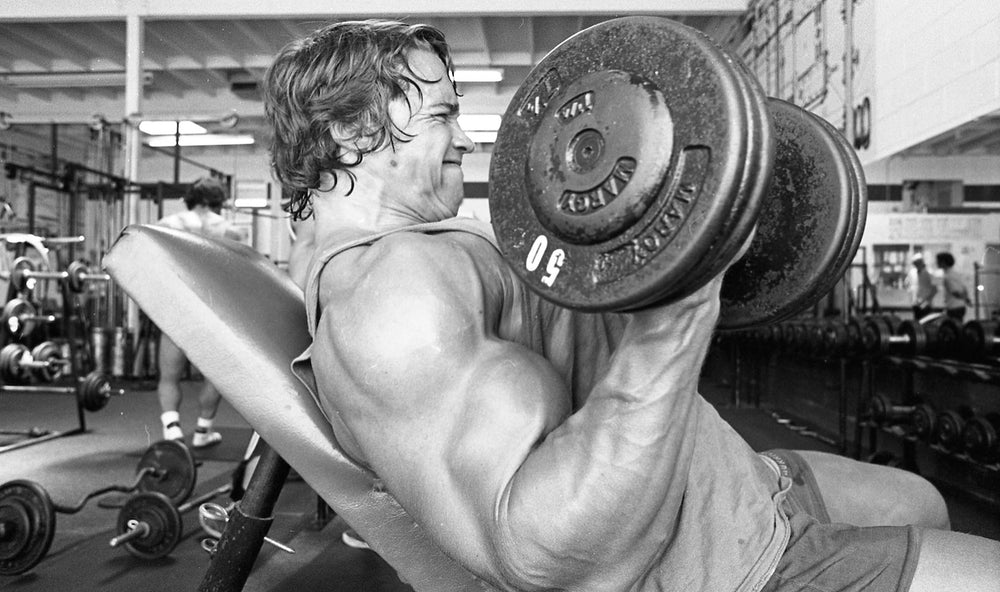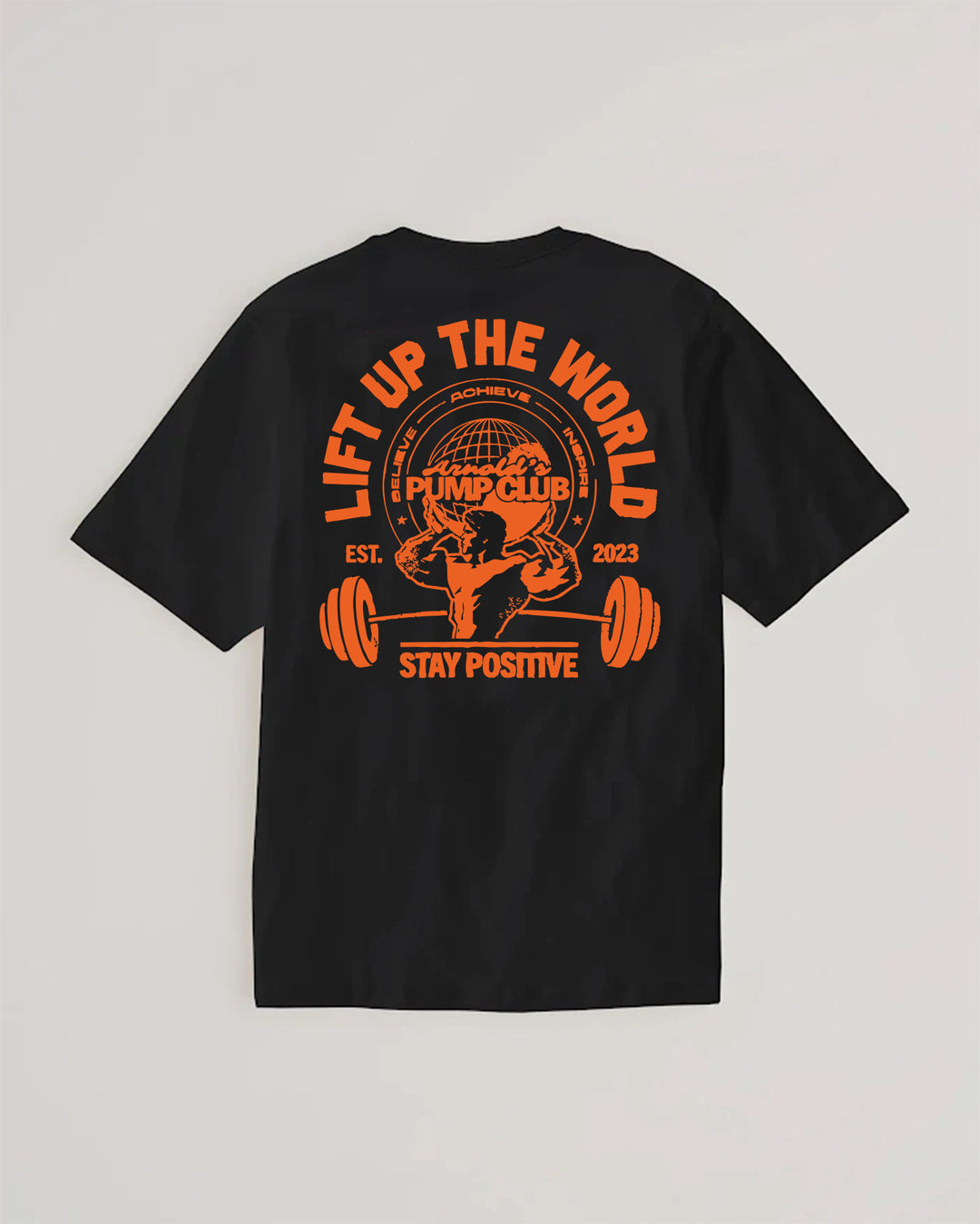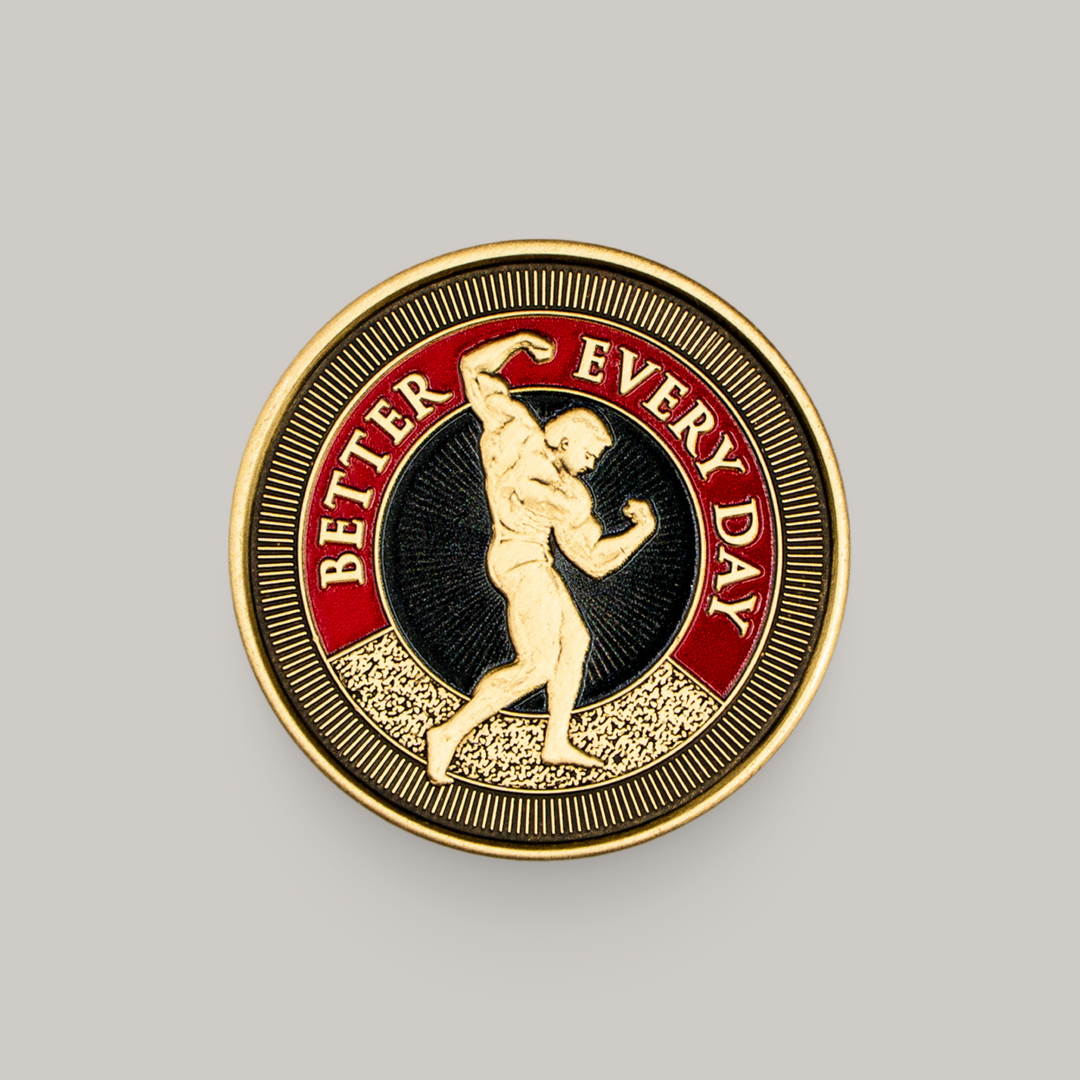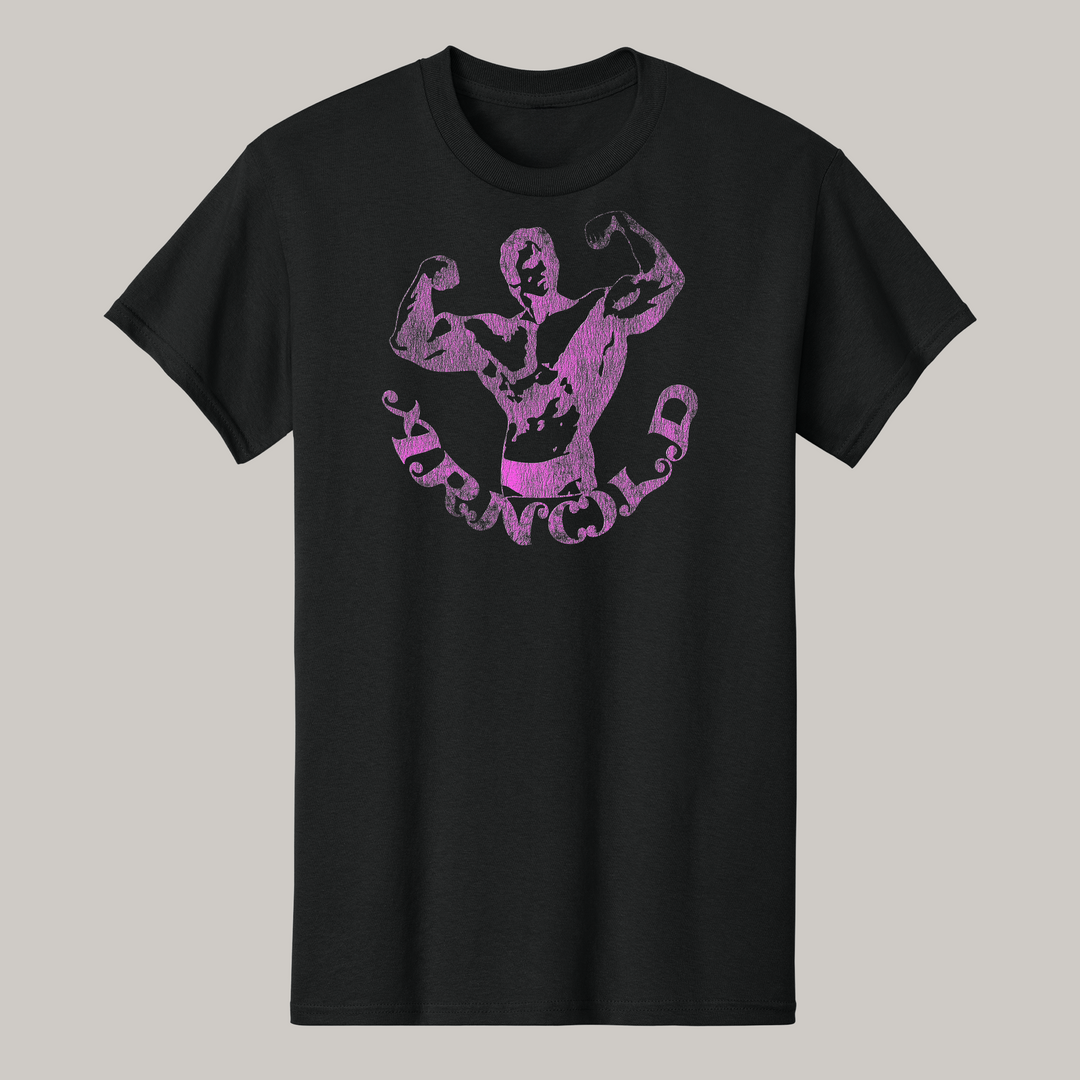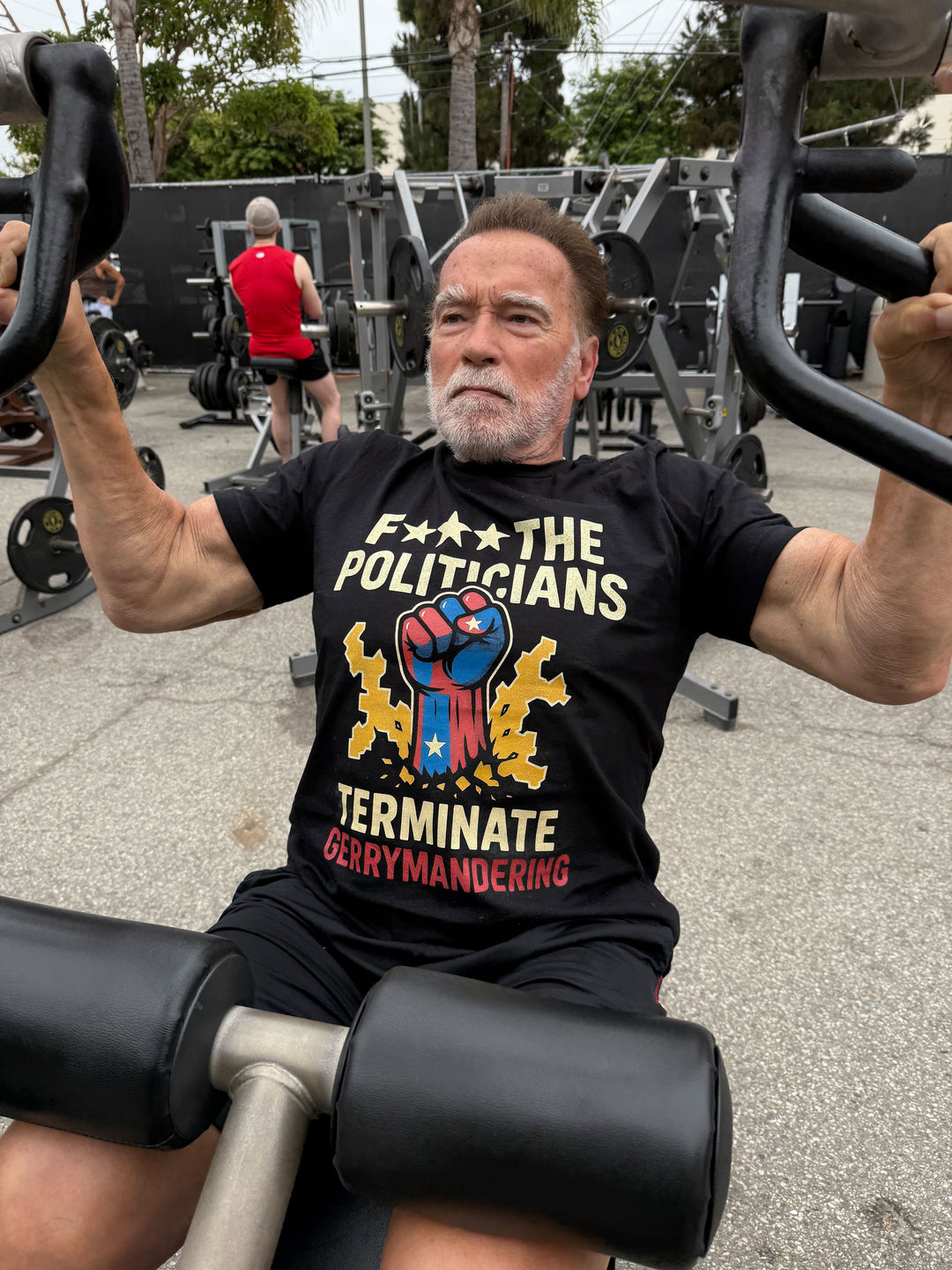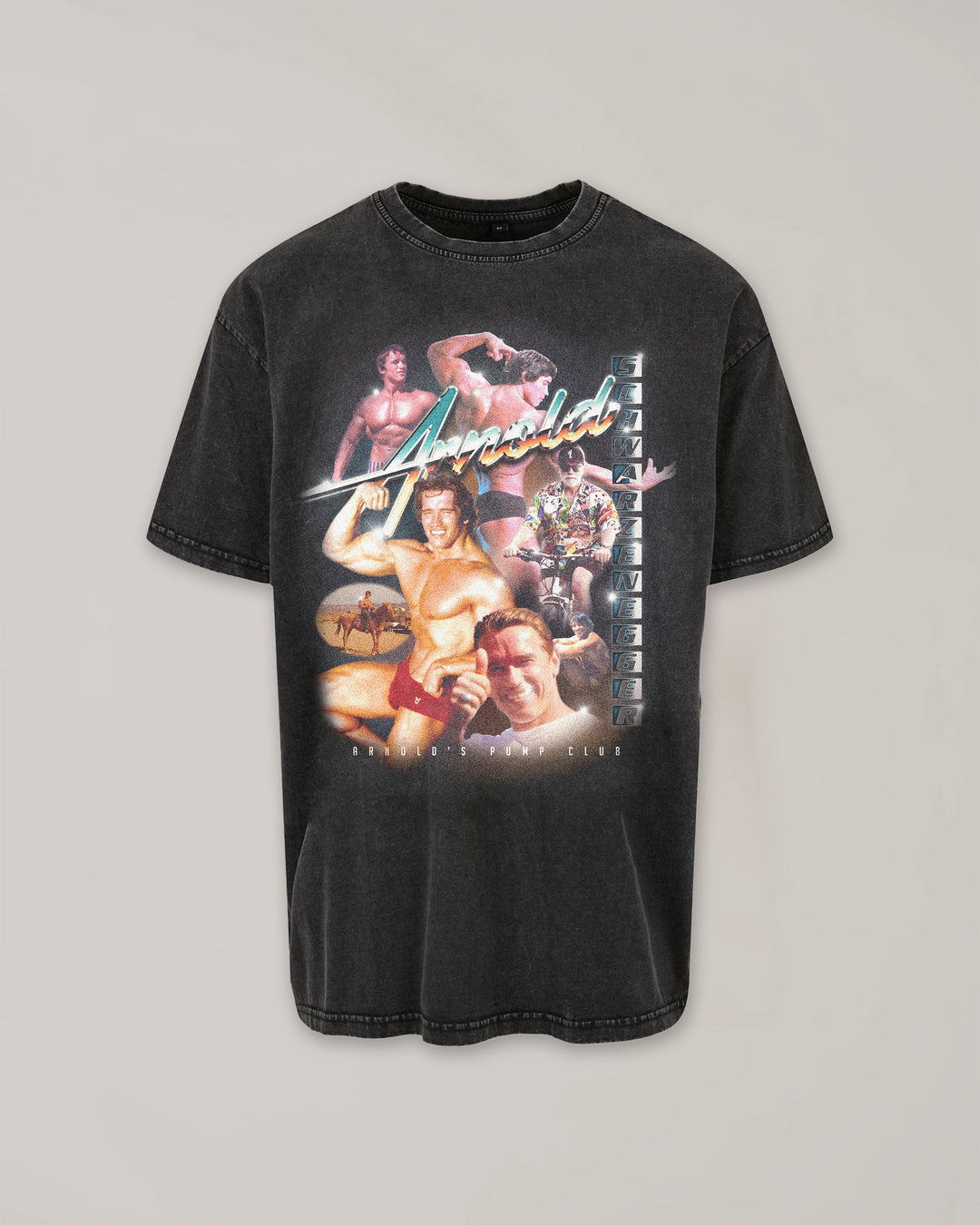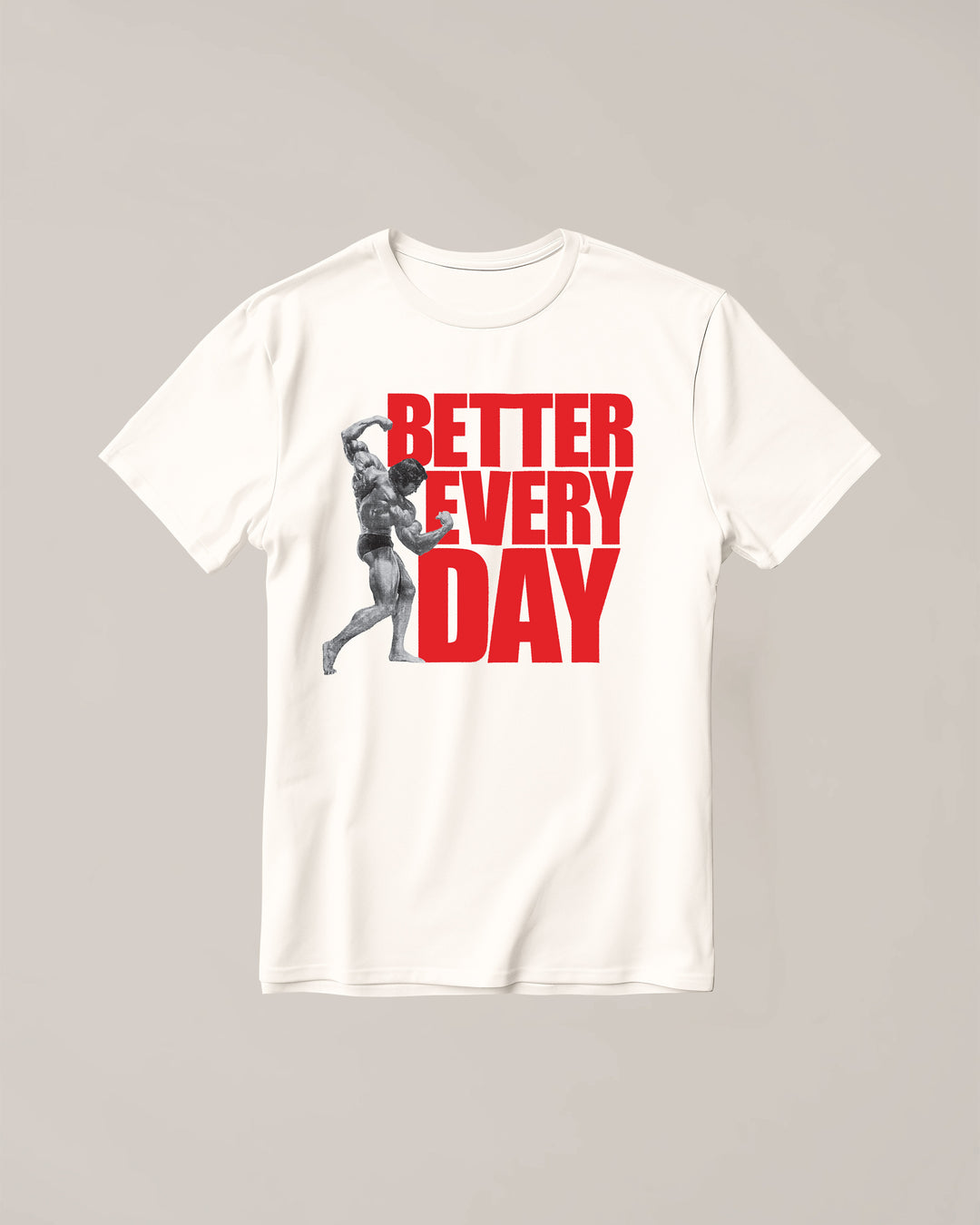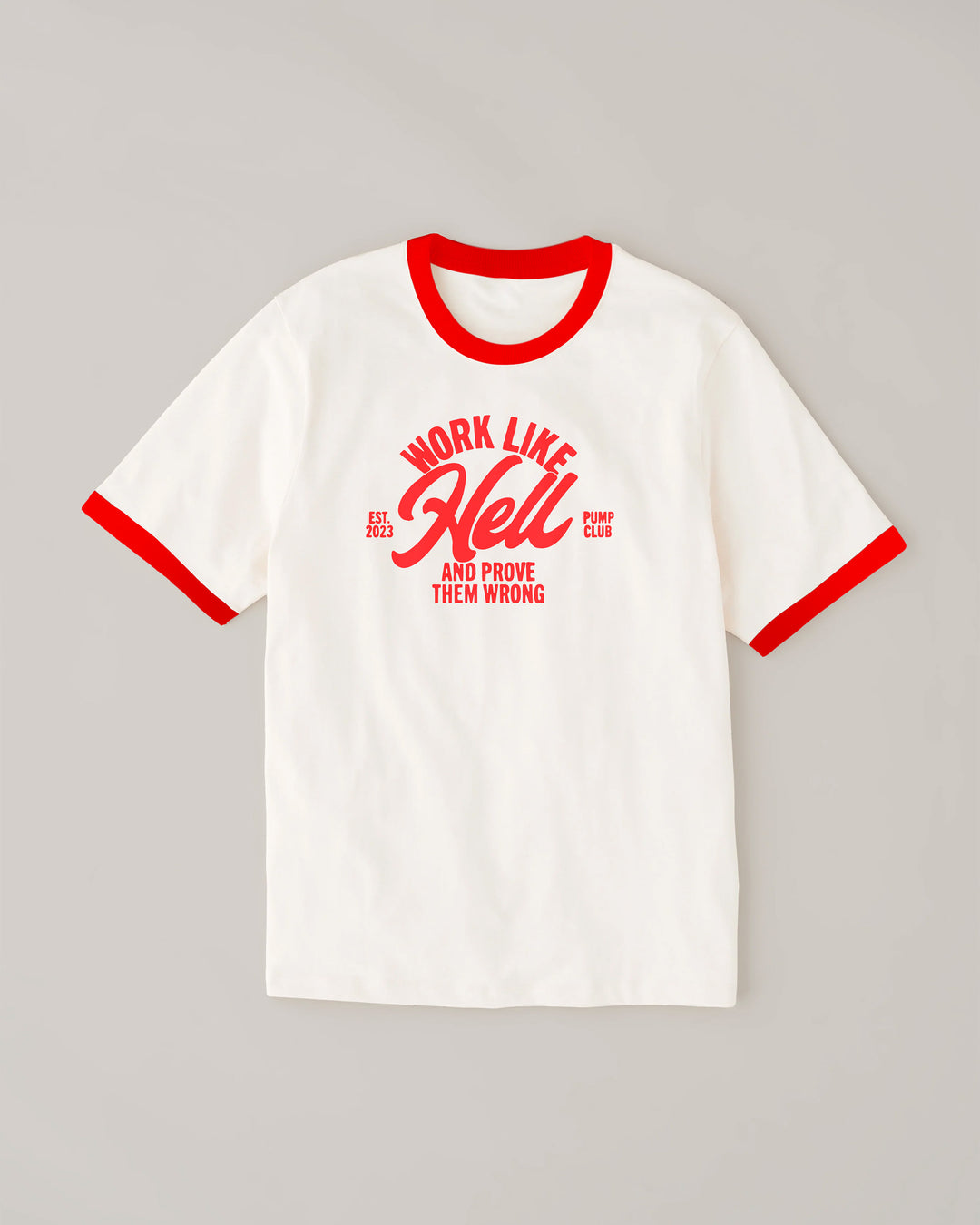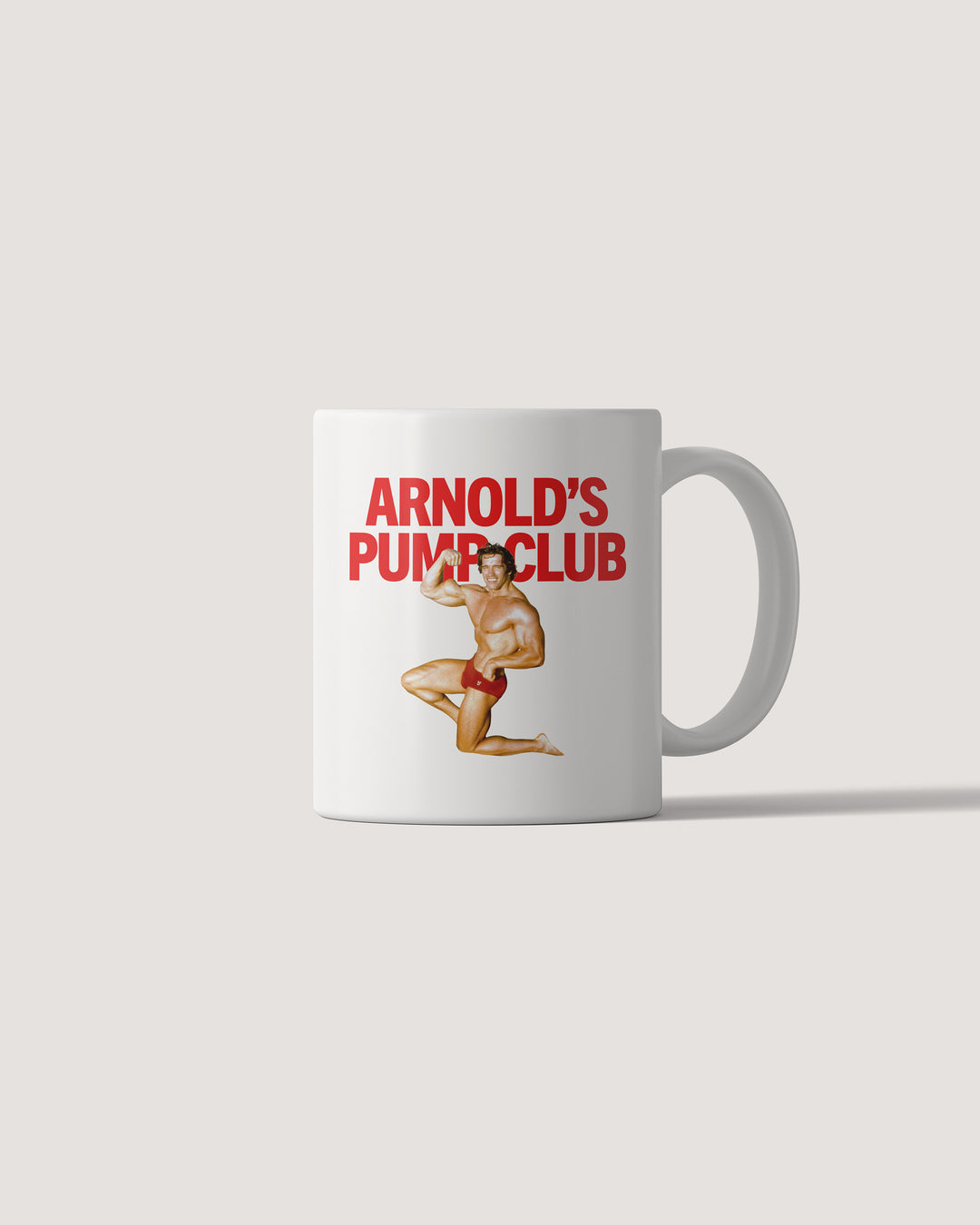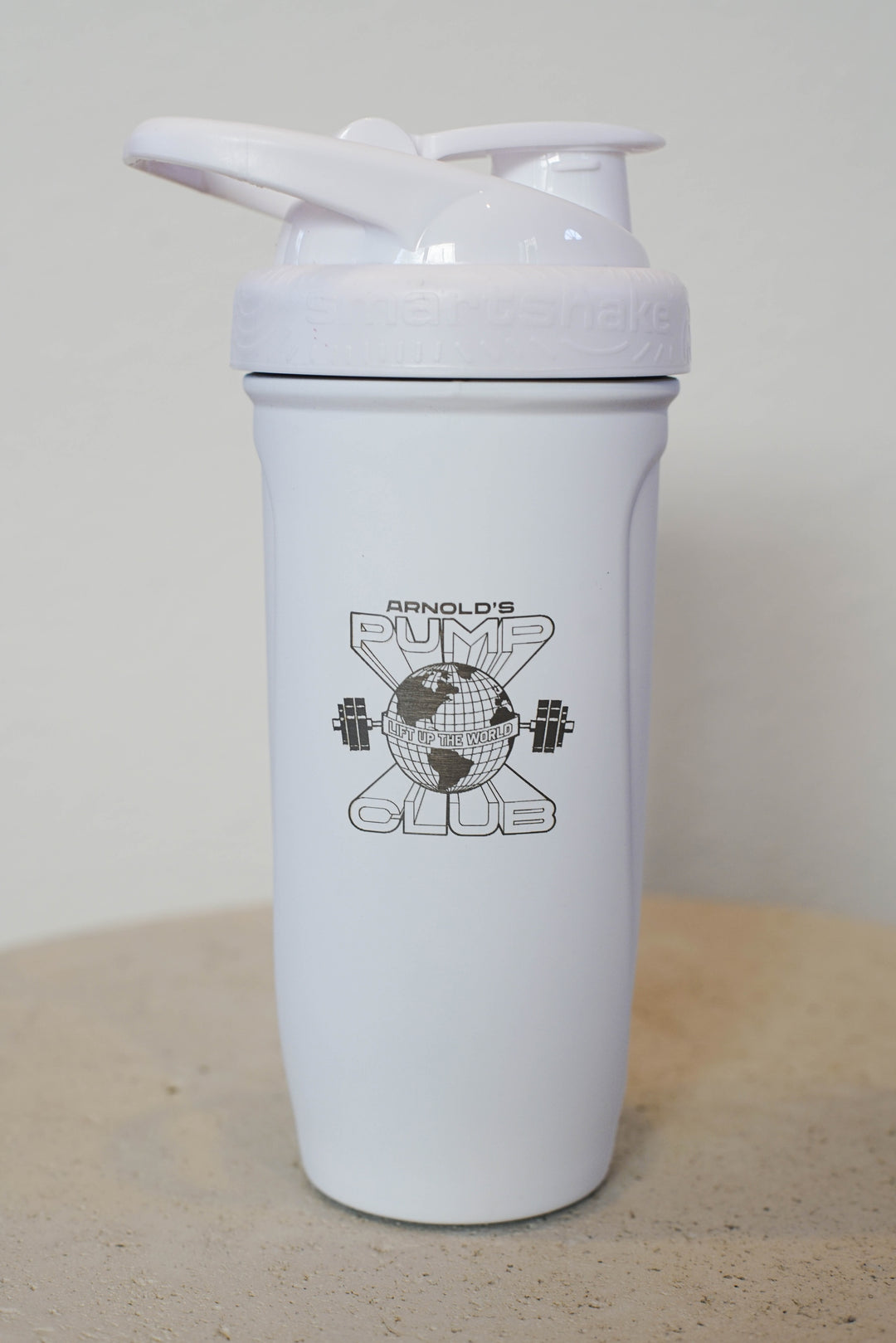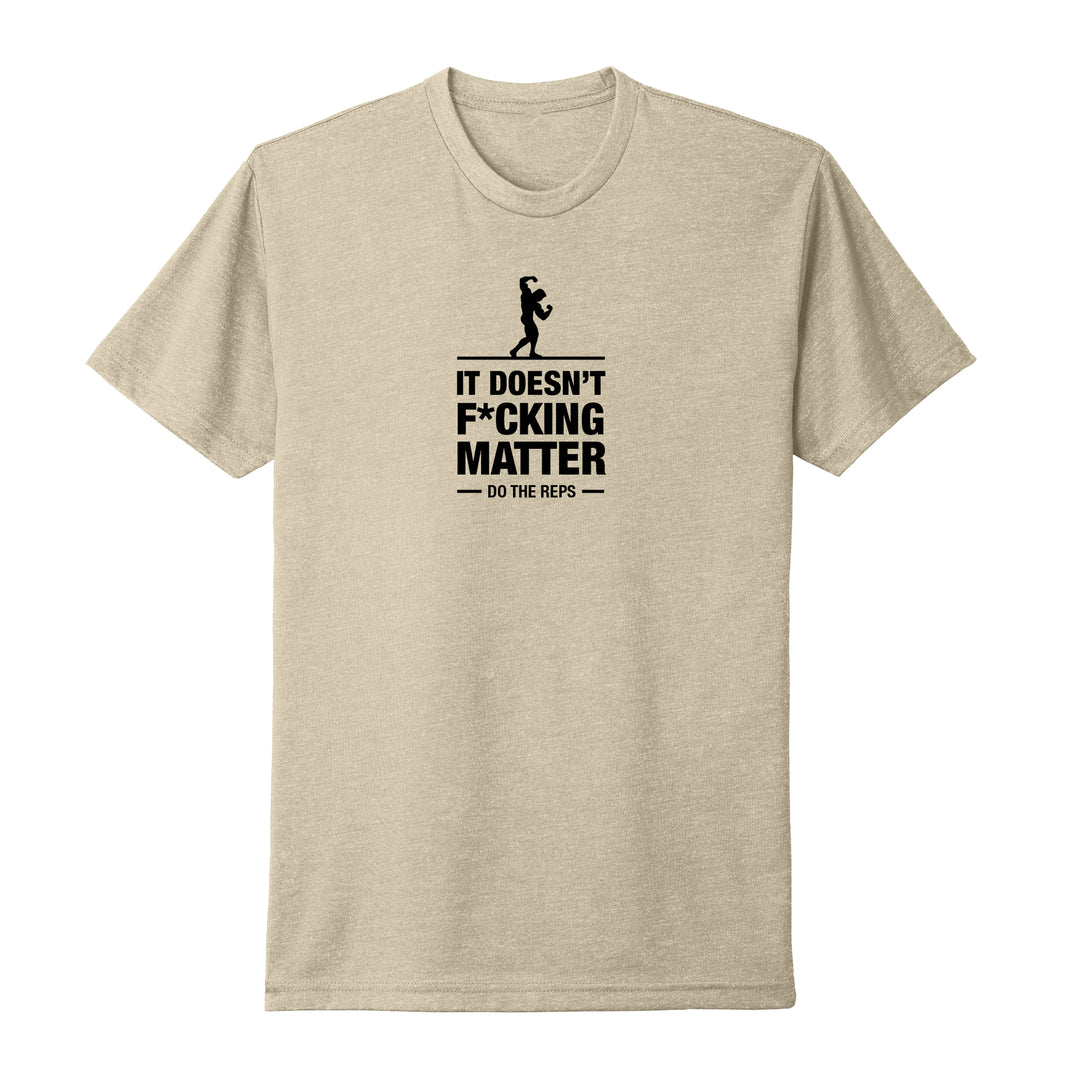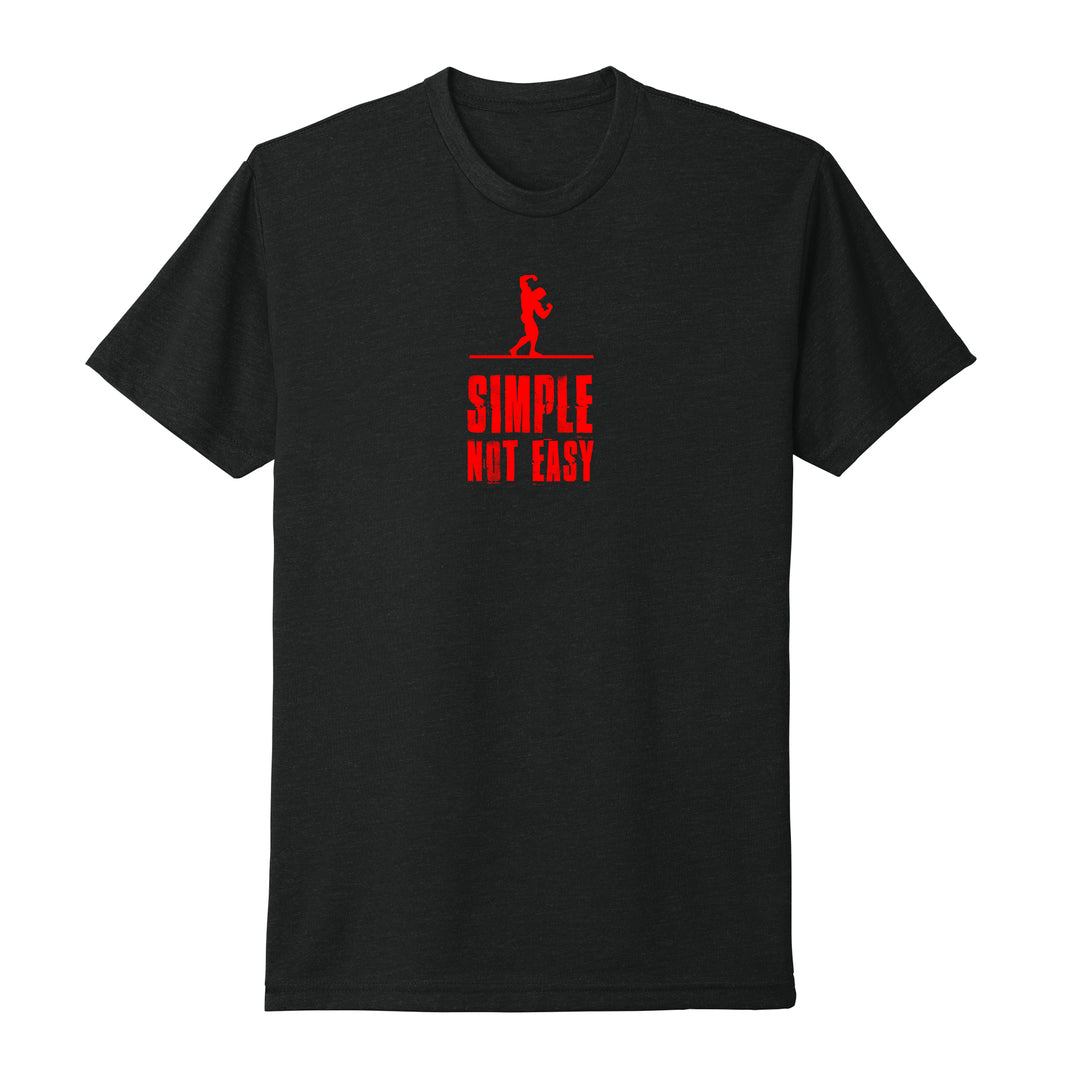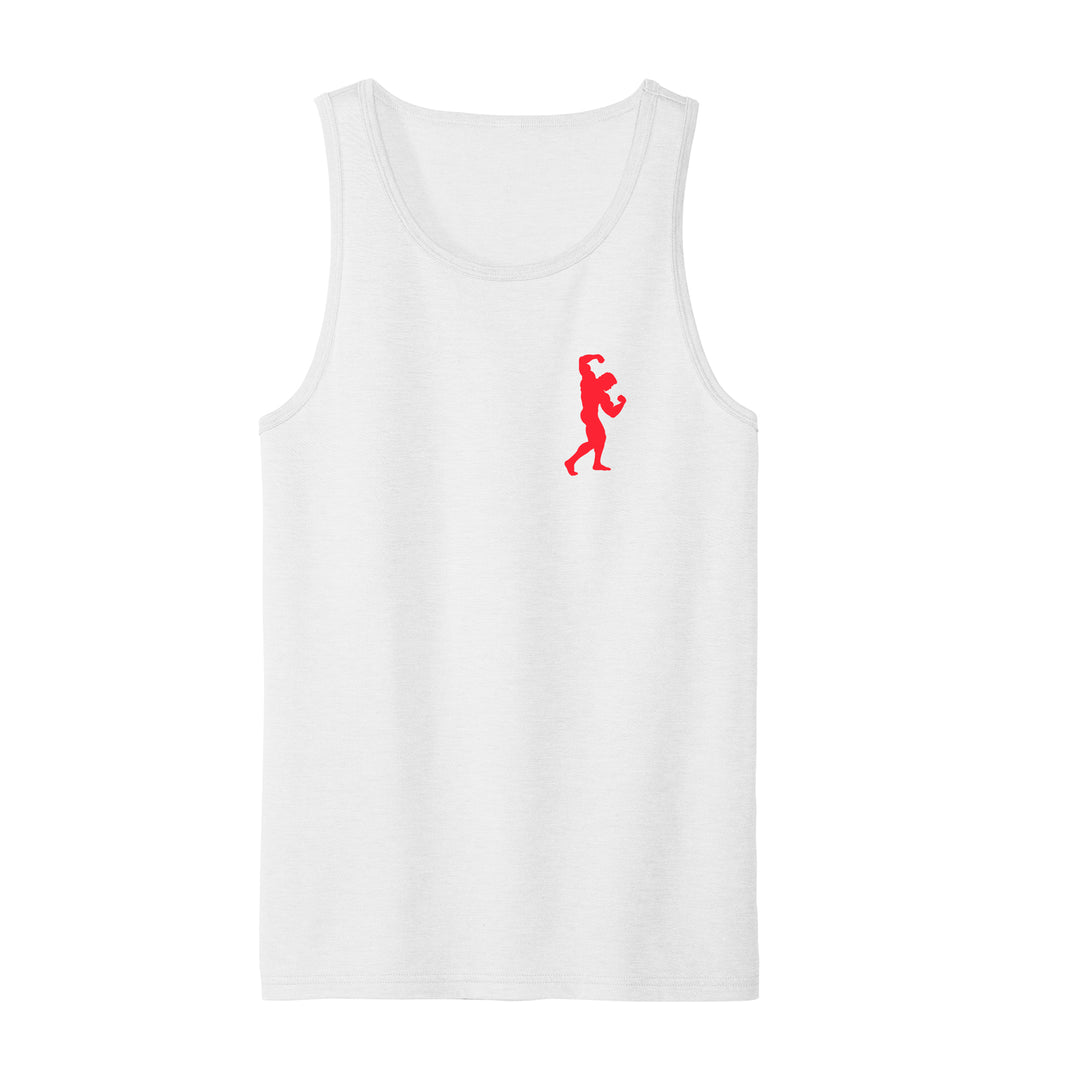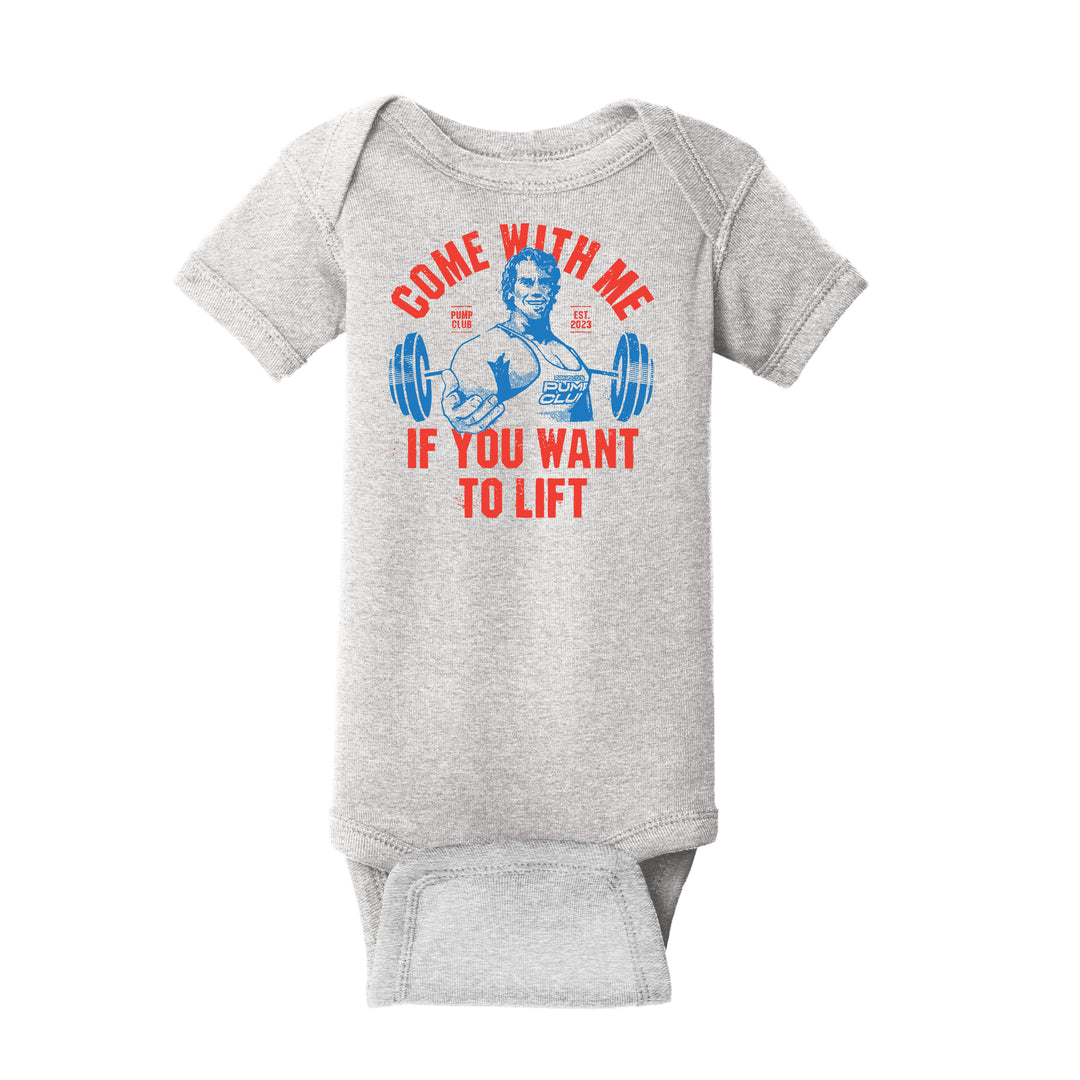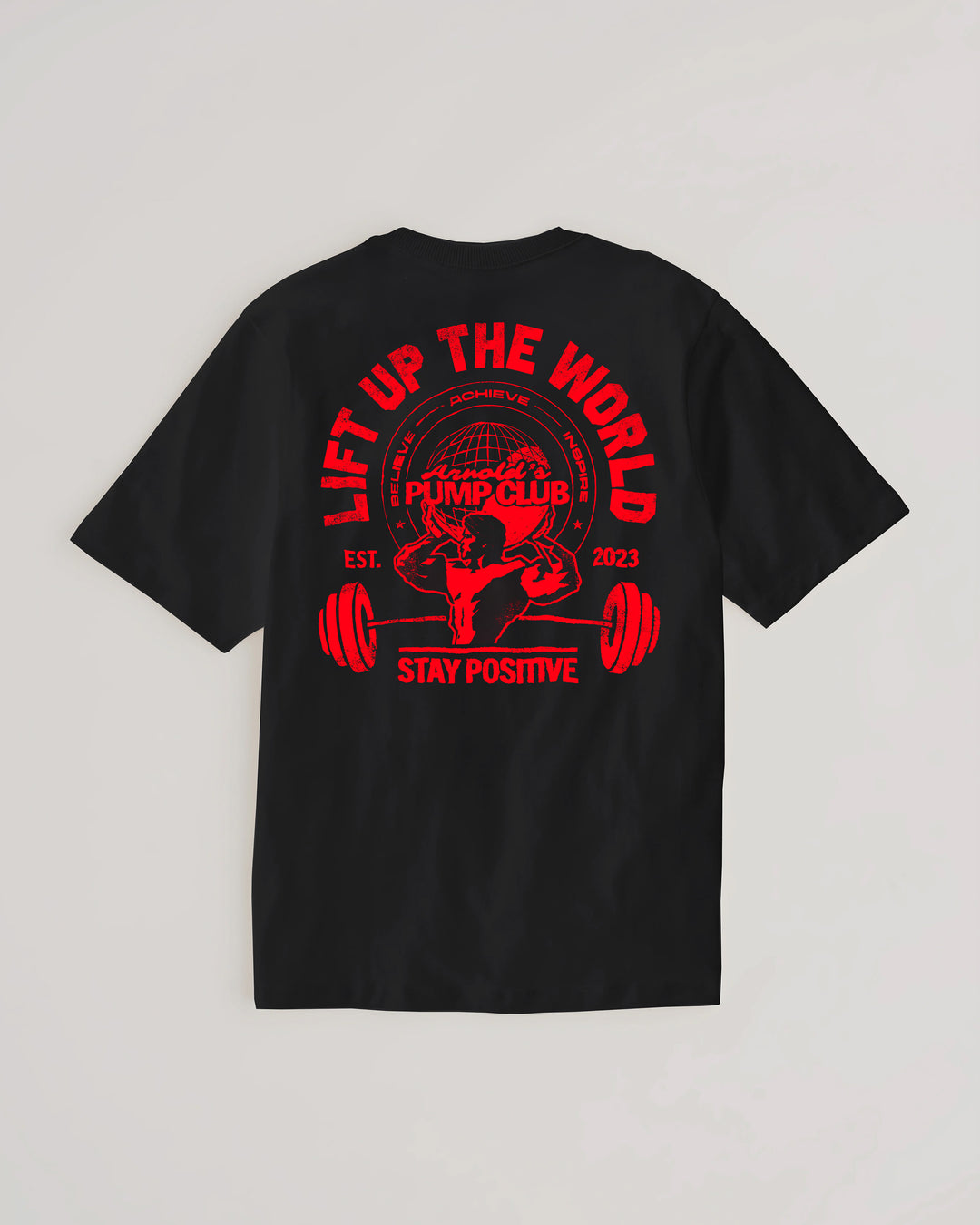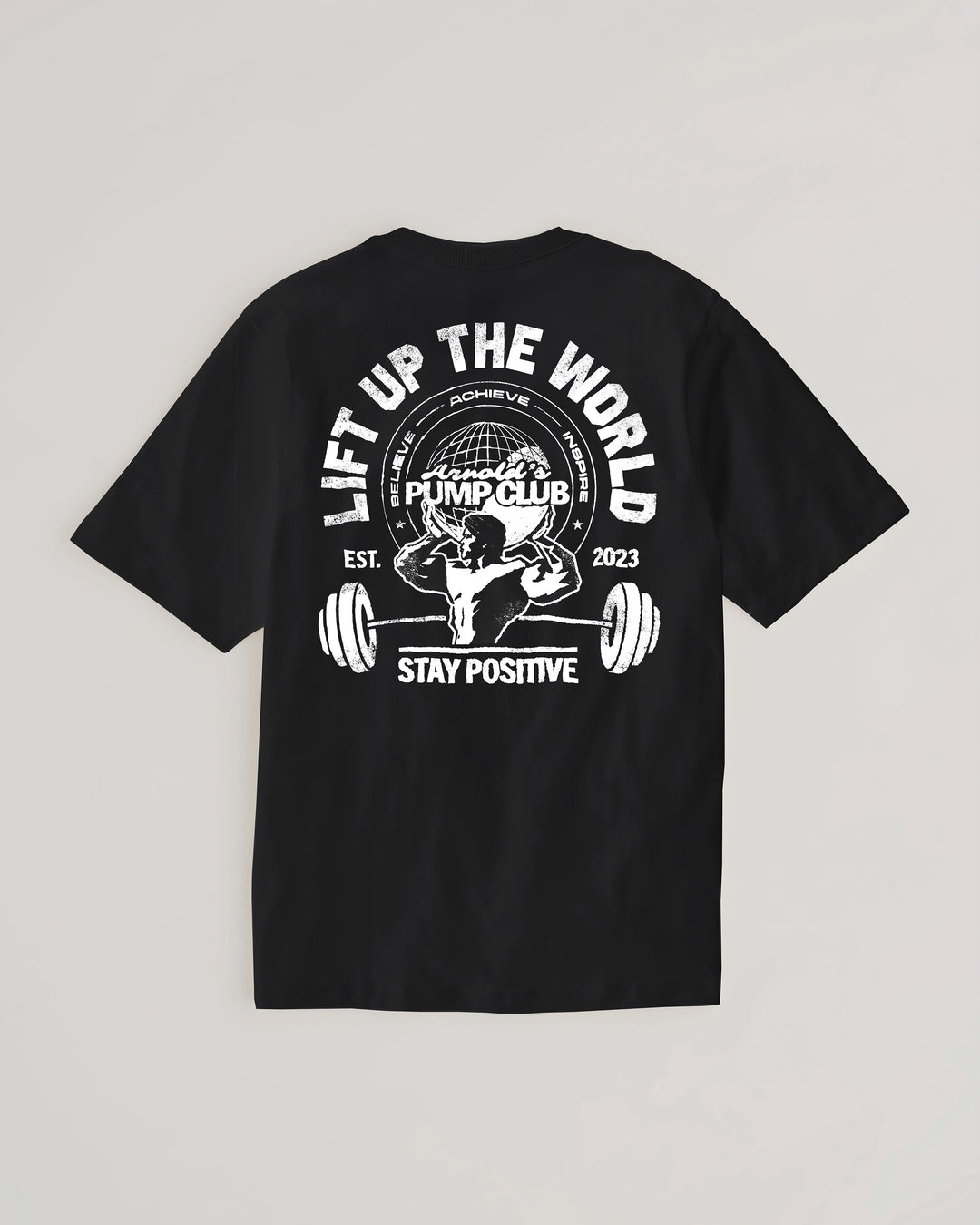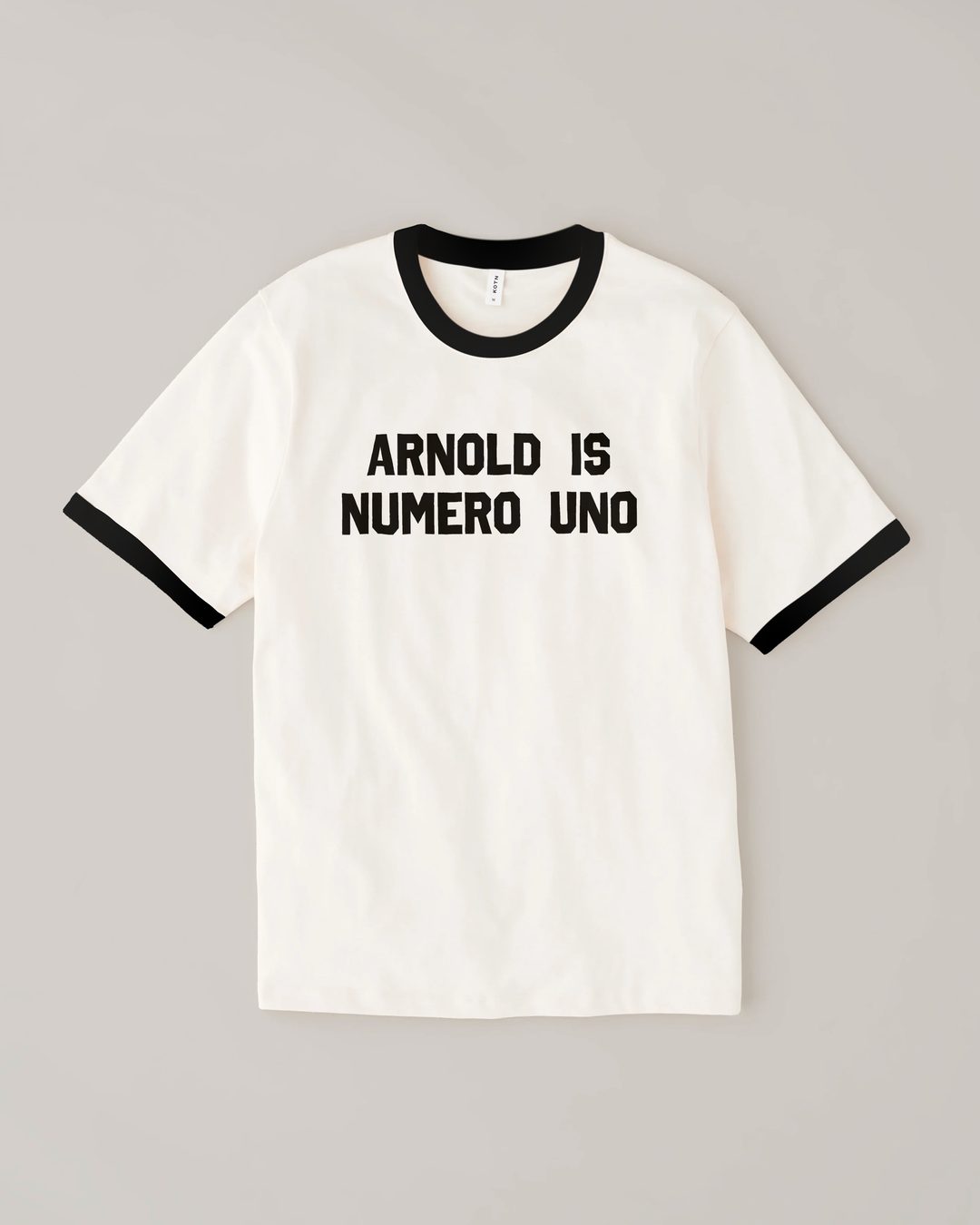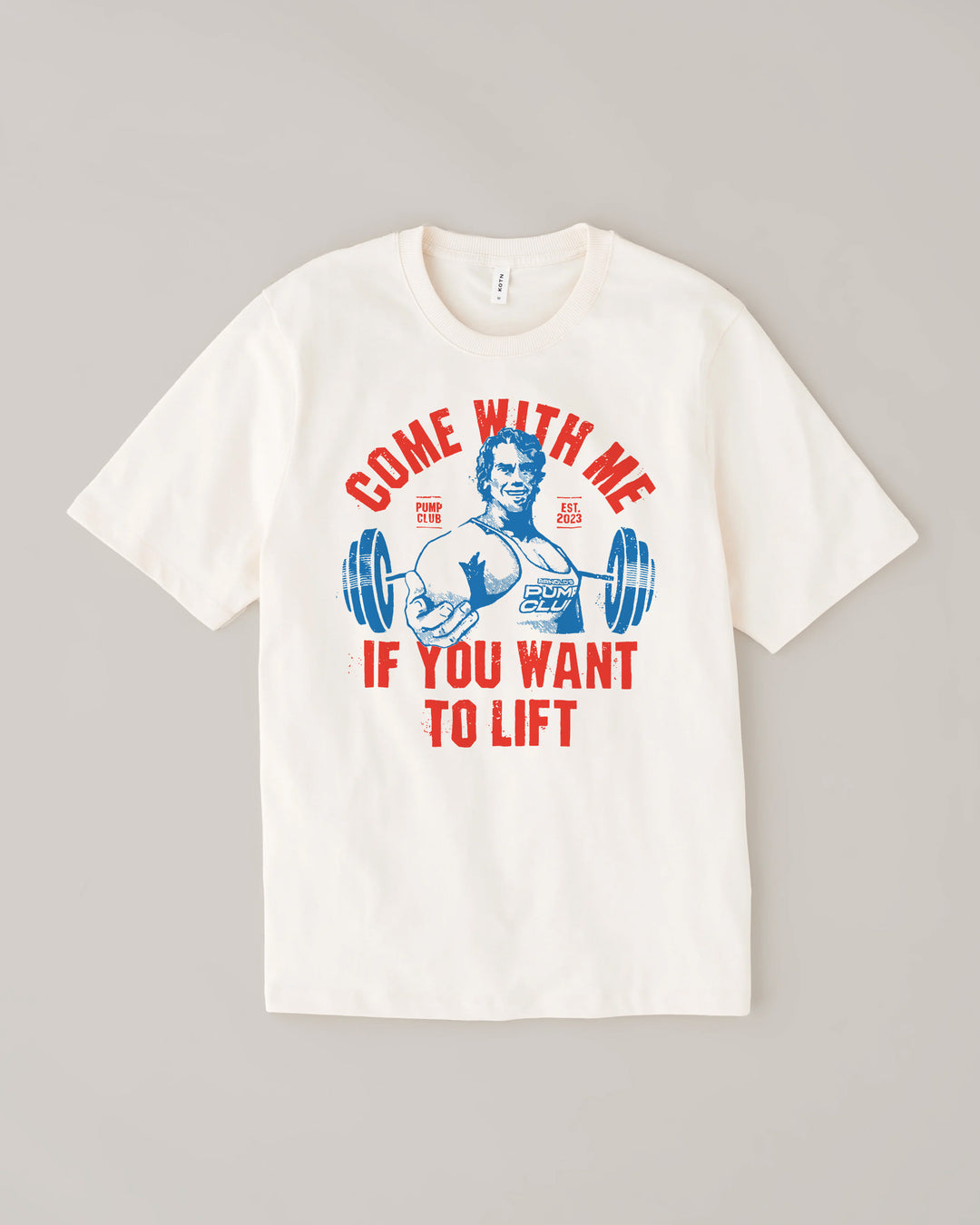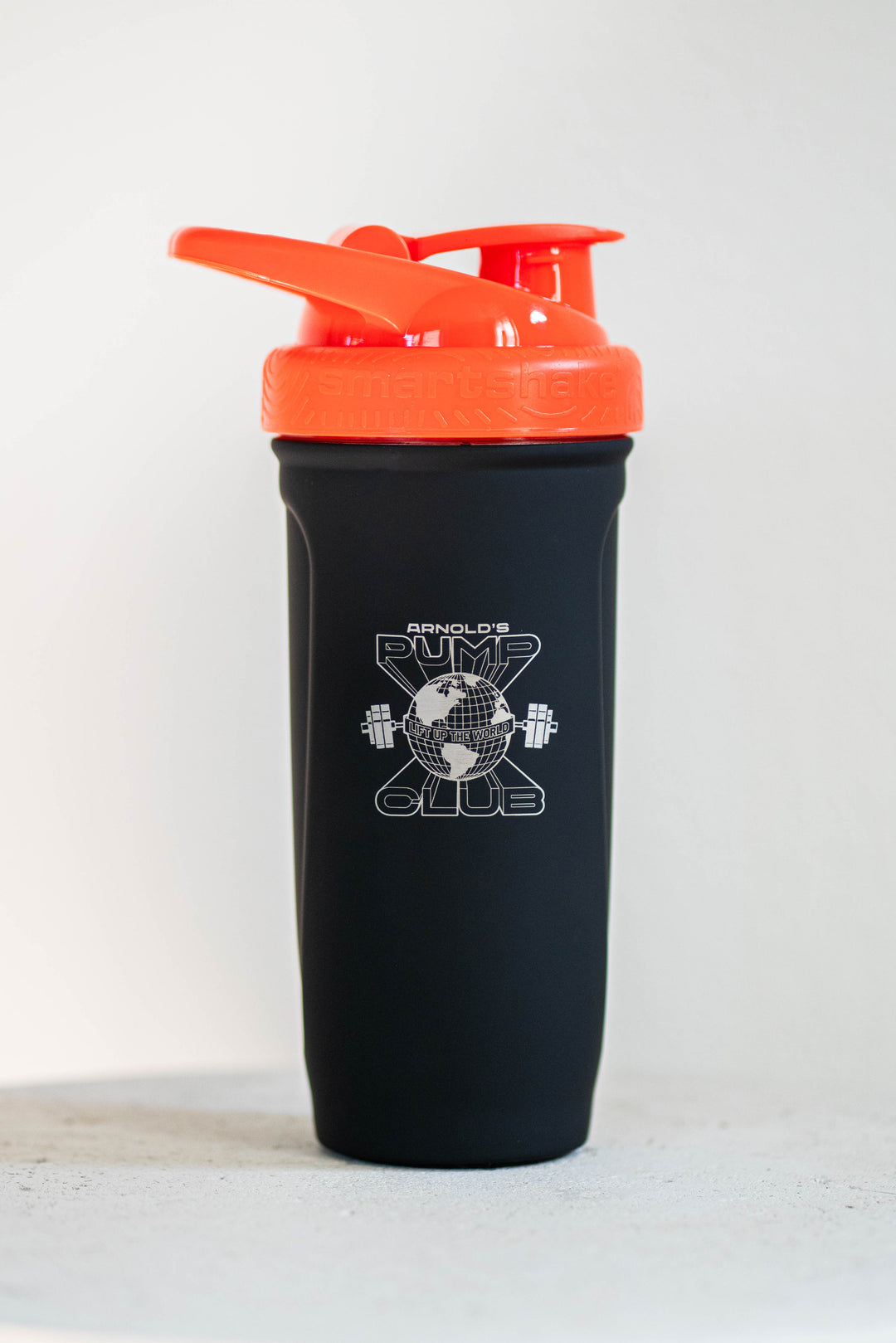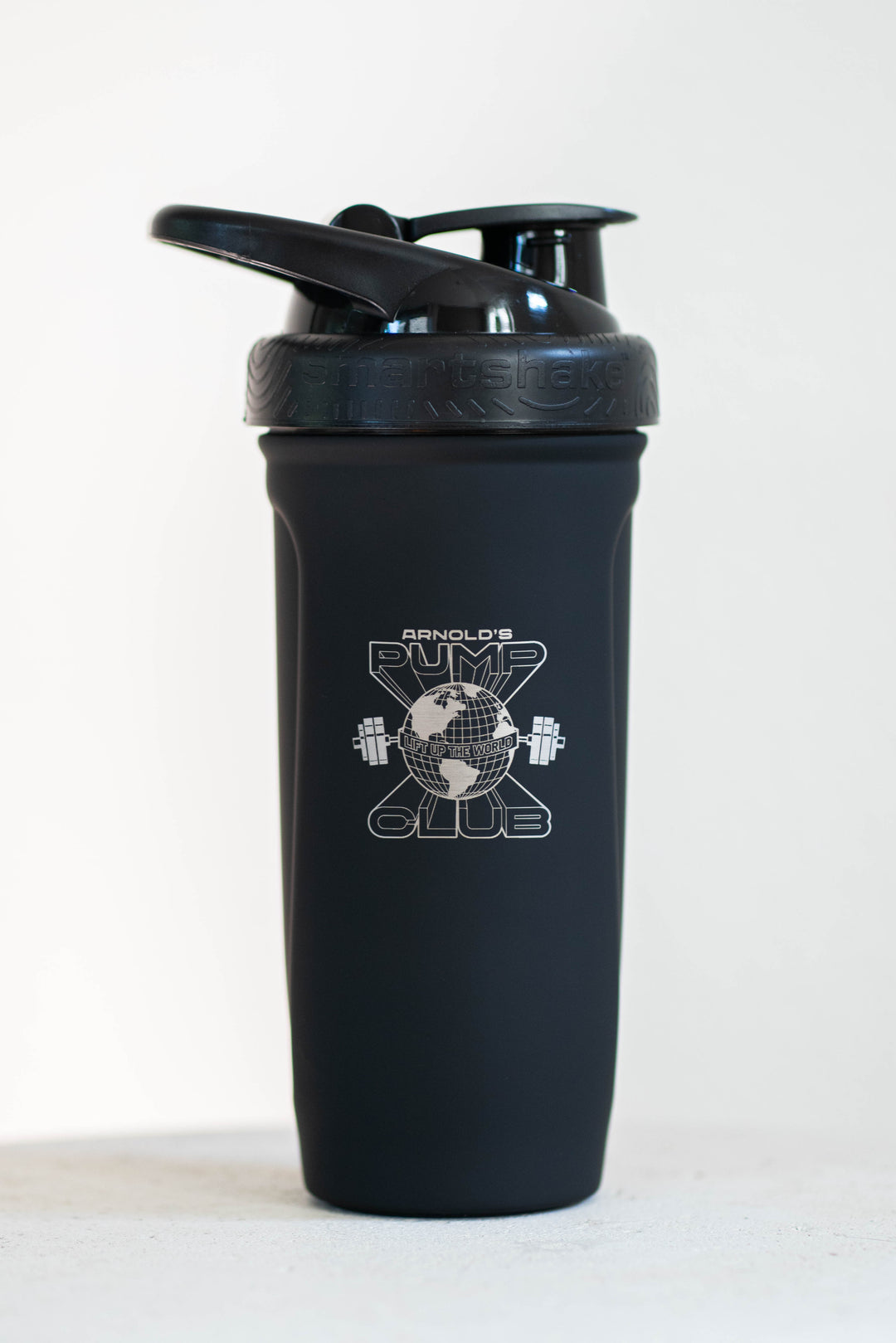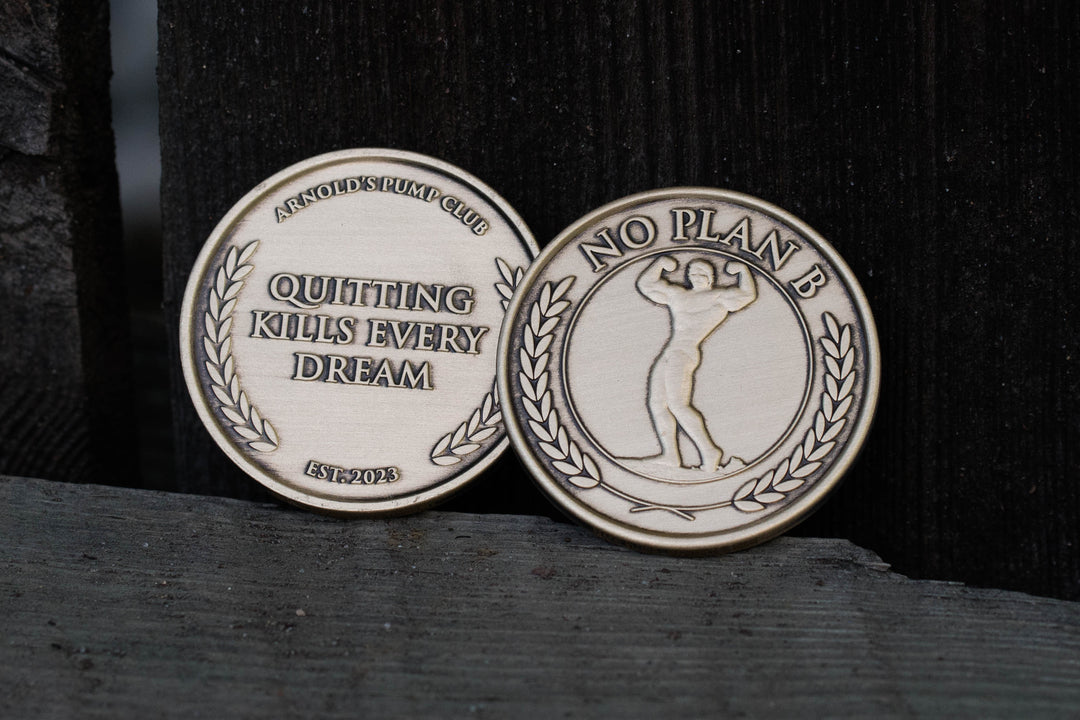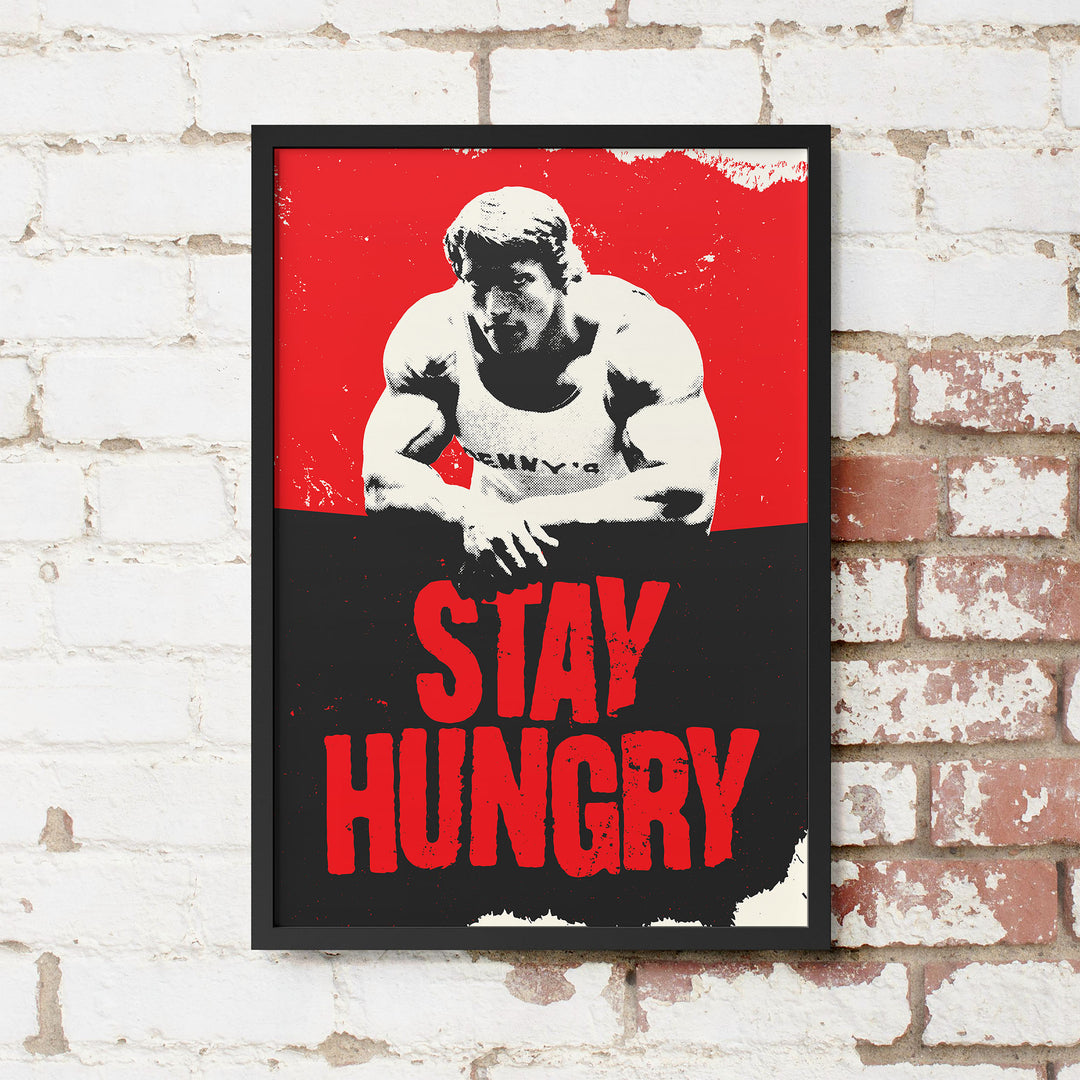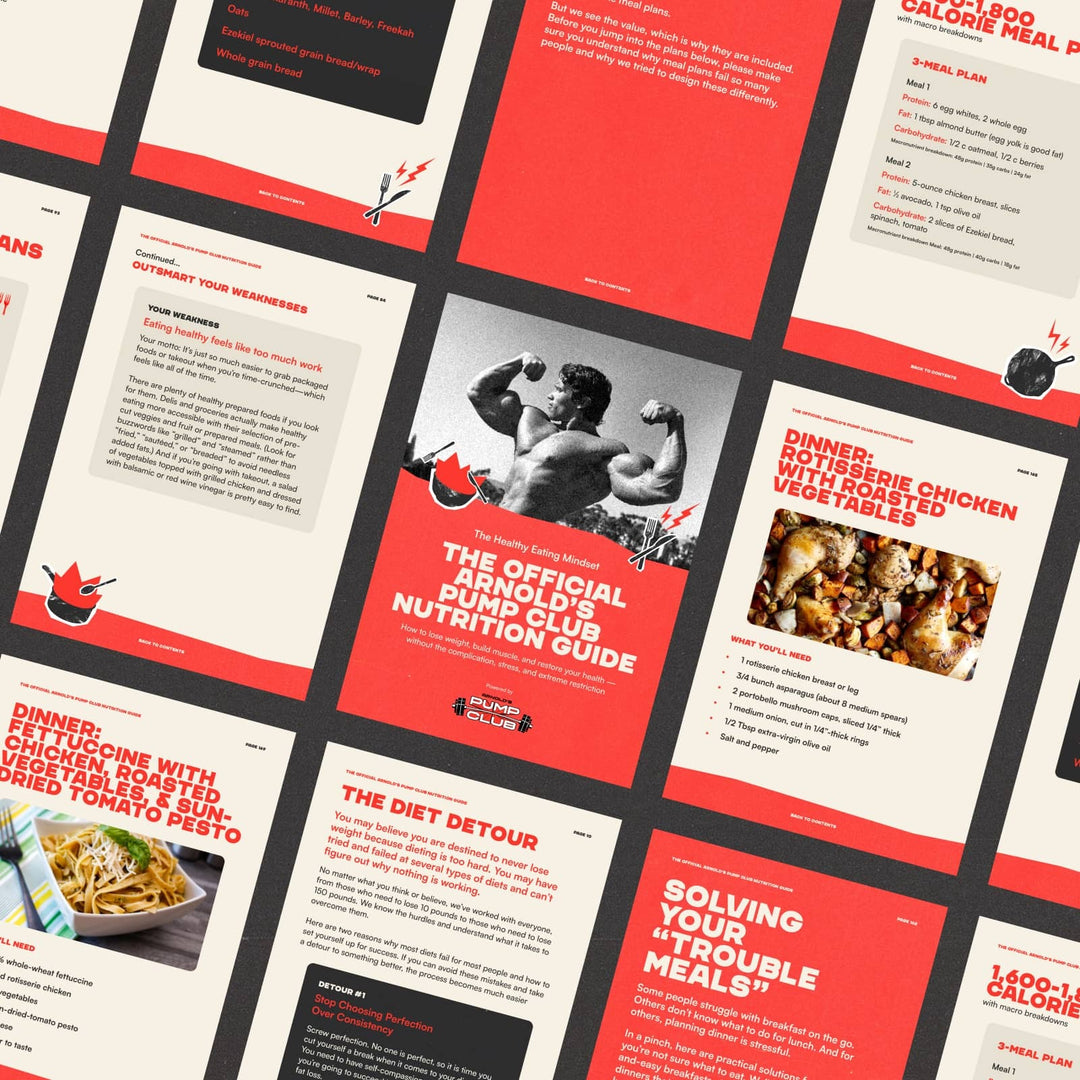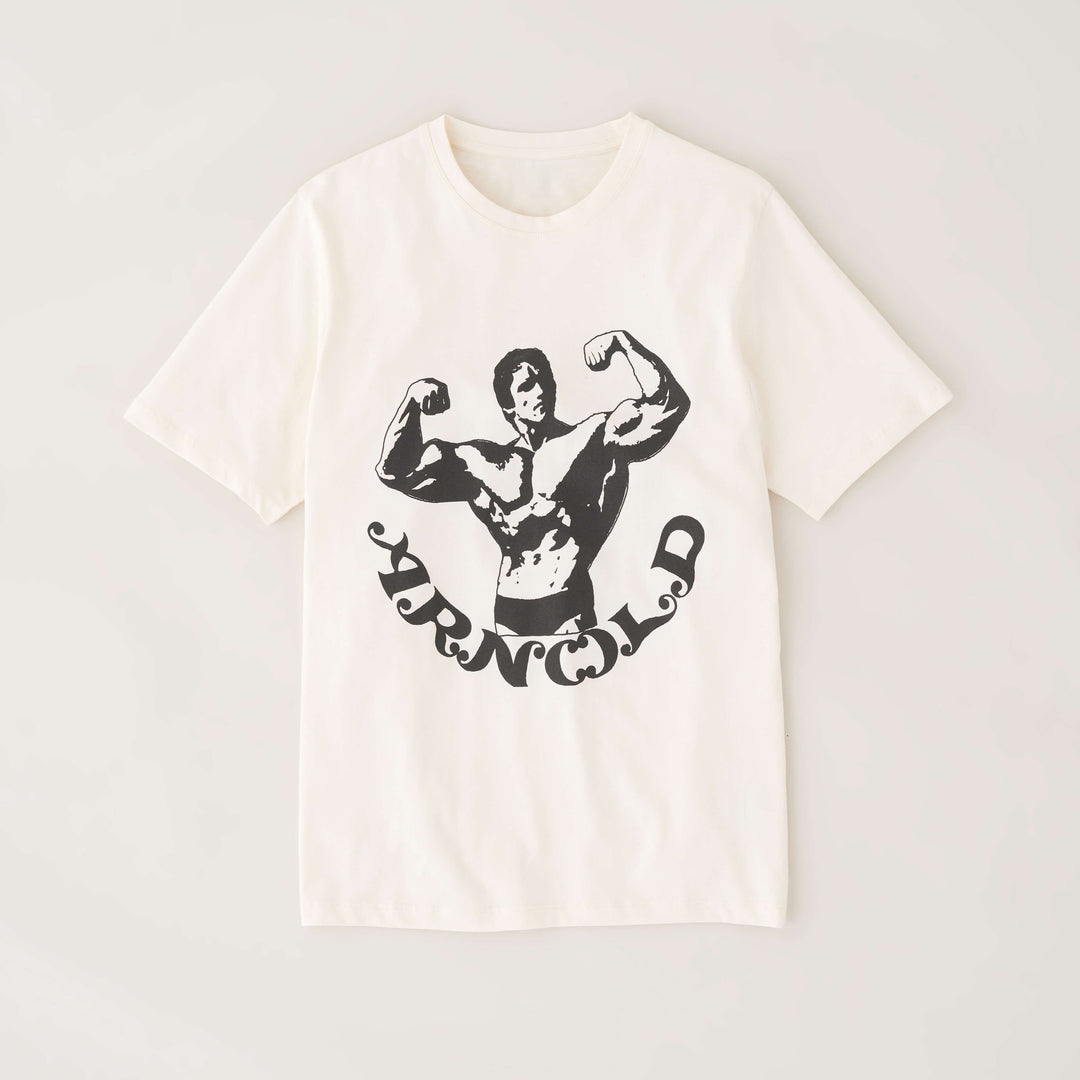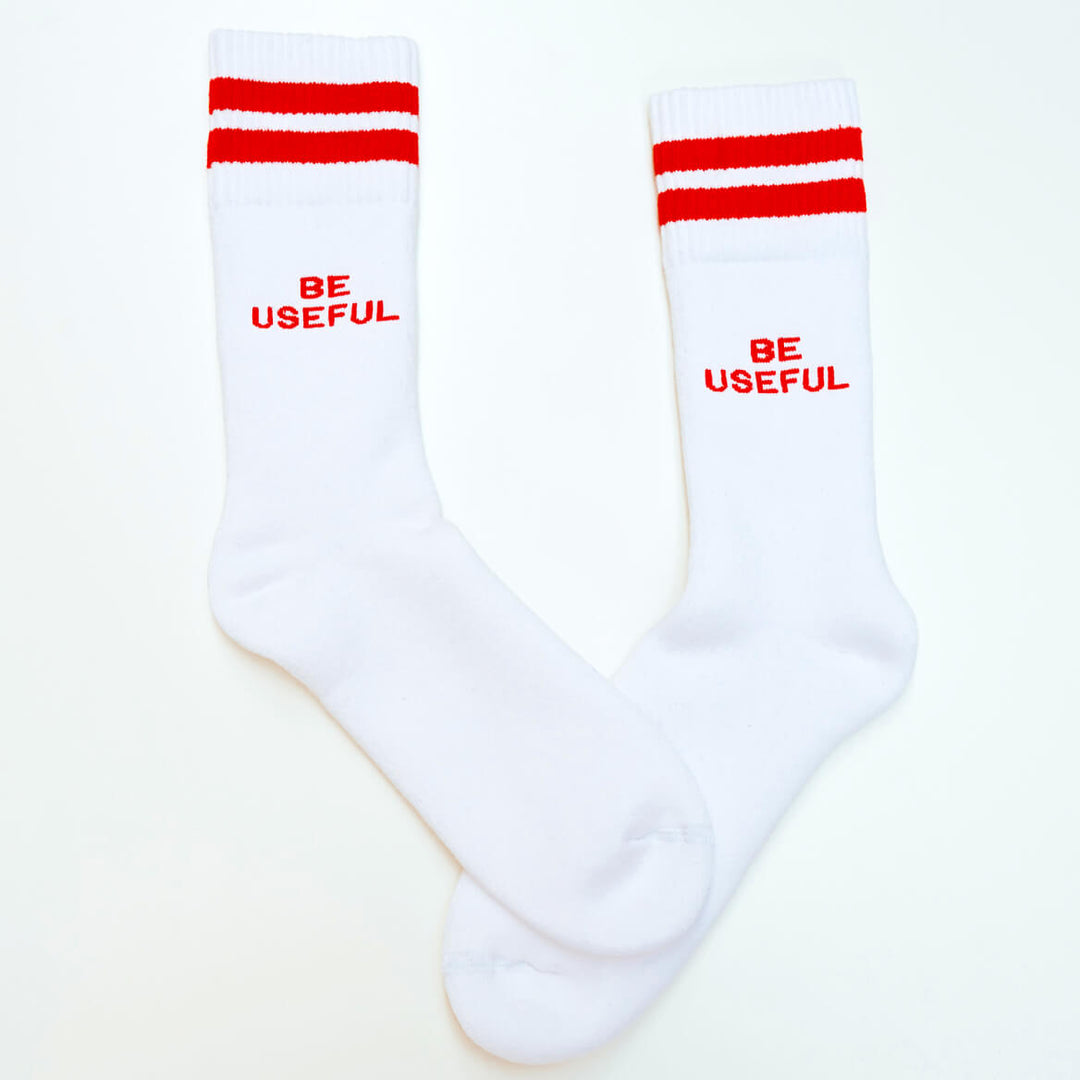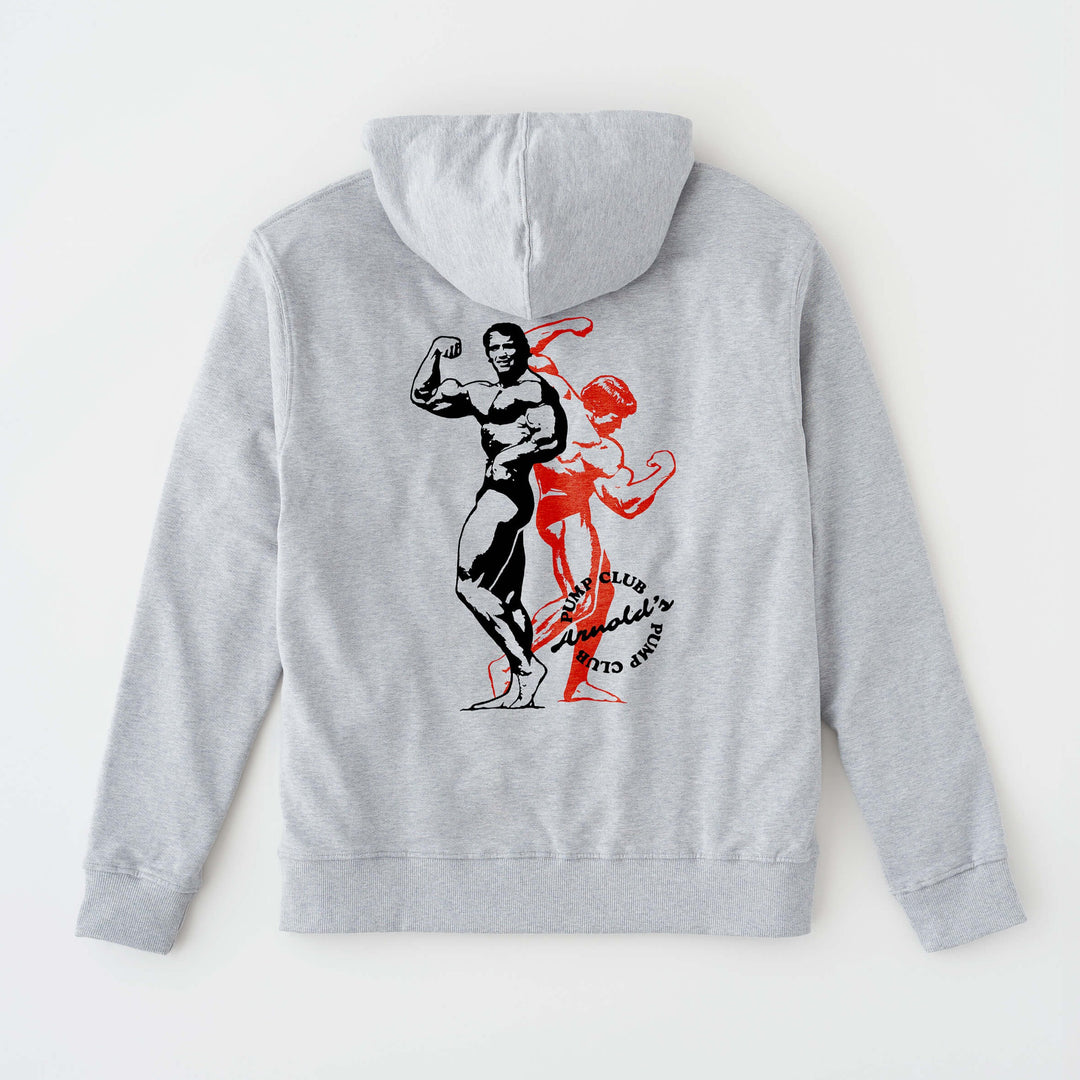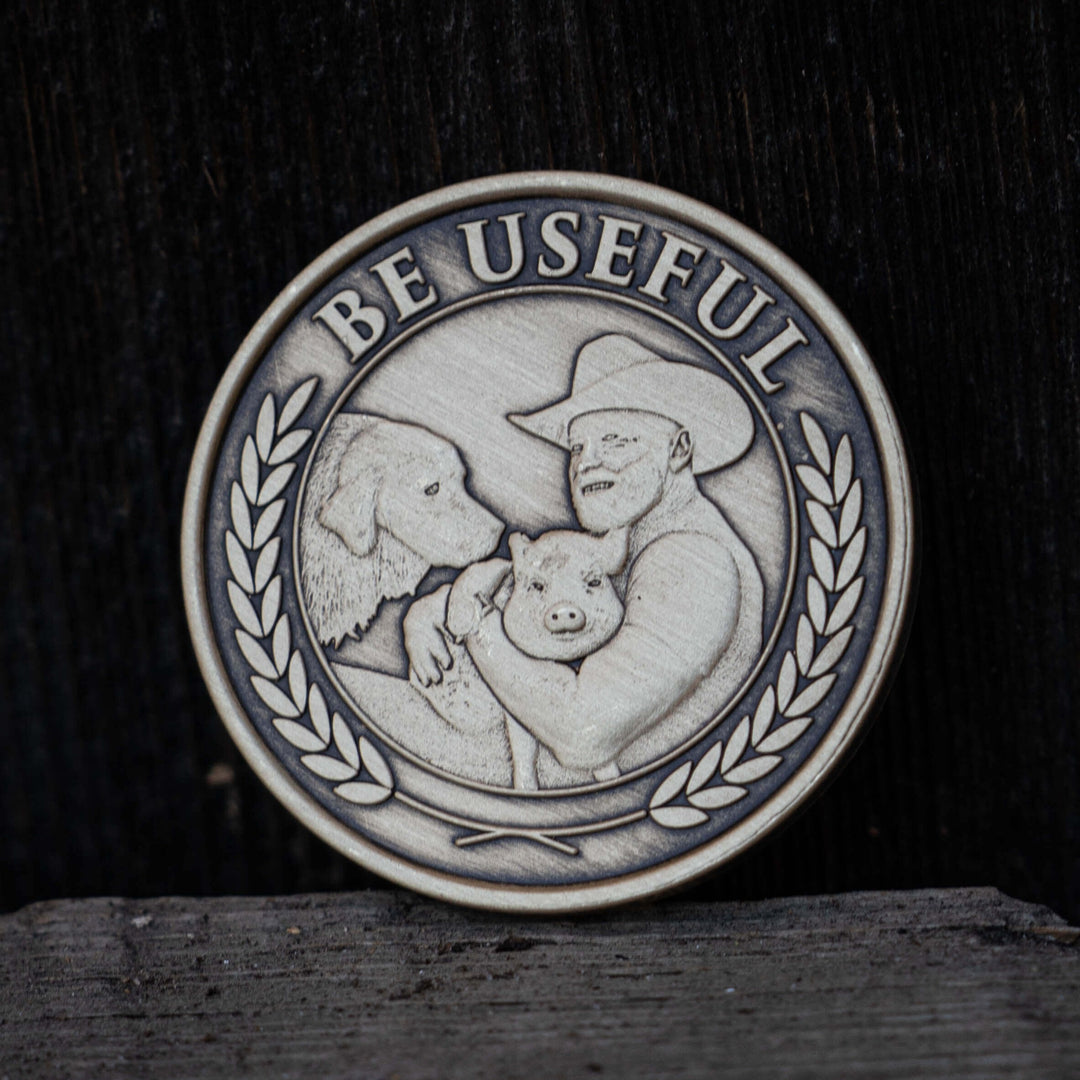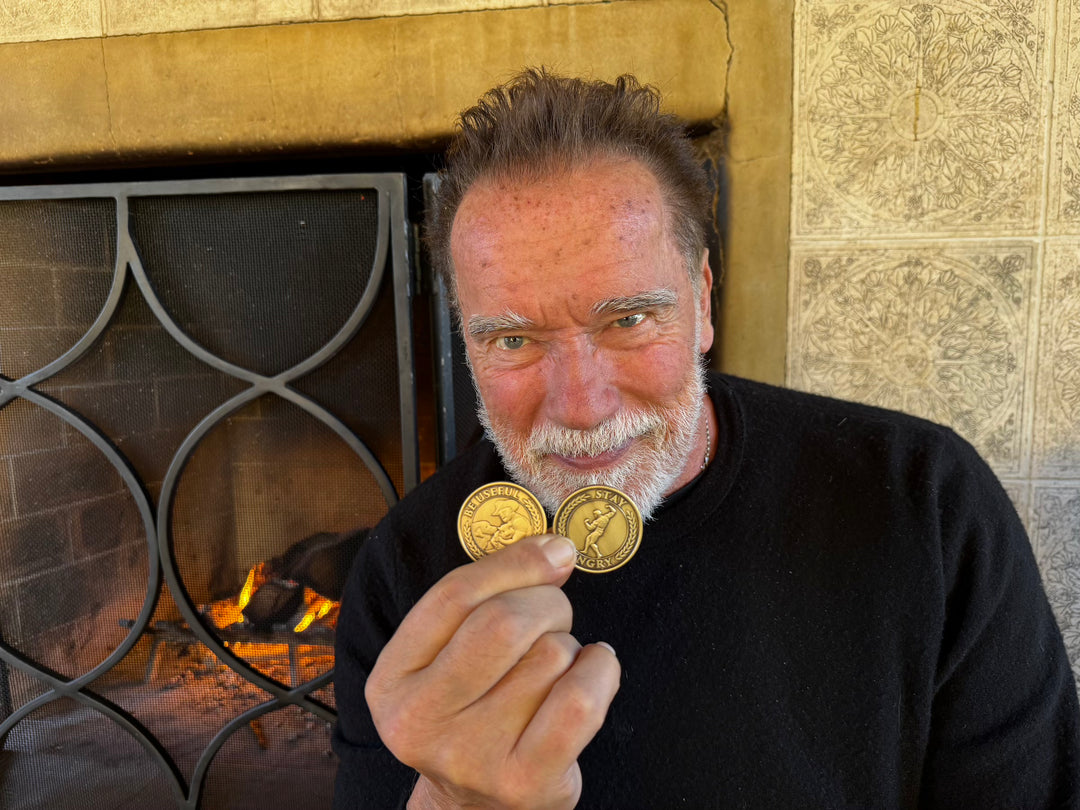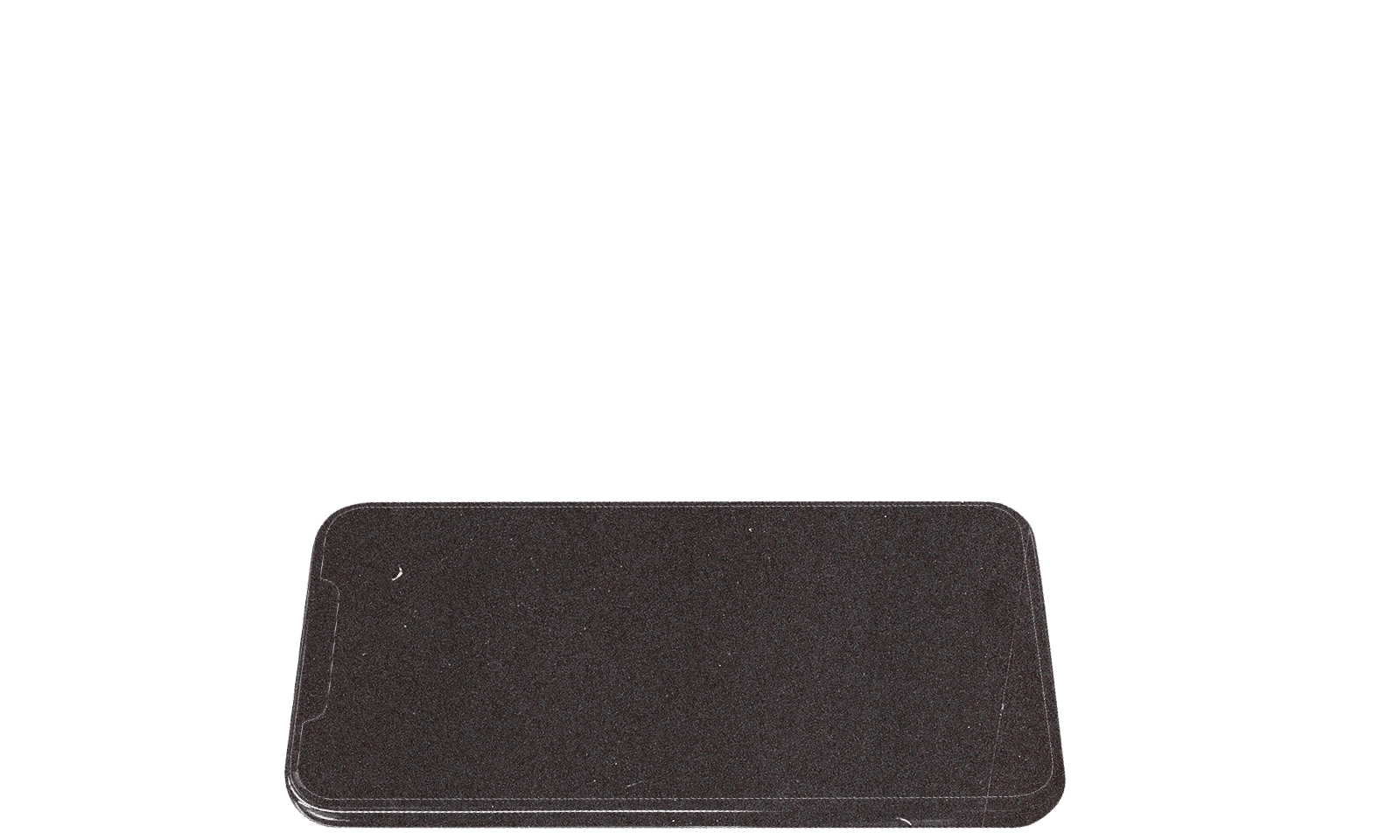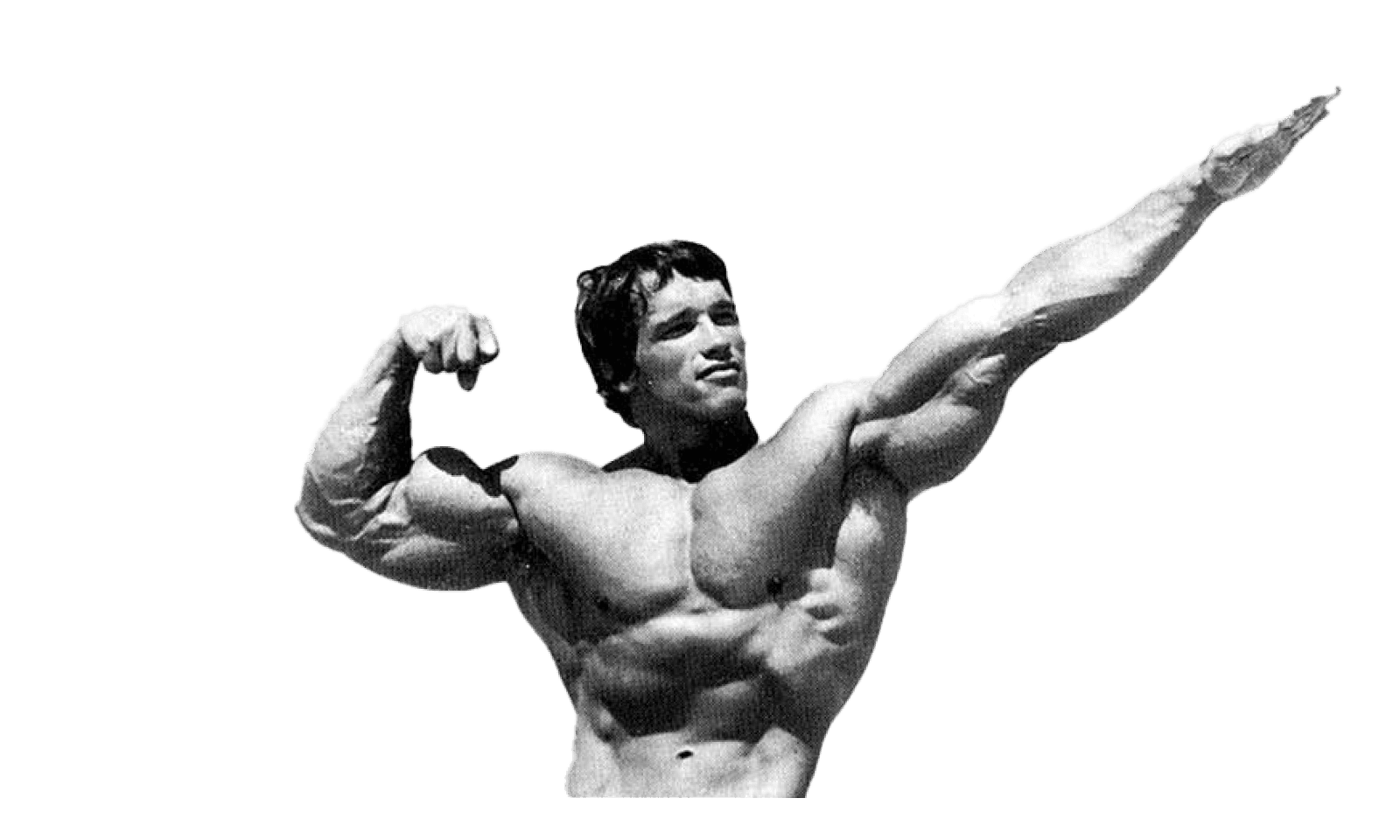Welcome to the positive corner of the internet. Every weekday, we help you make sense of the complex world of wellness by analyzing the headlines, simplifying the latest research, and providing quick tips designed to help you stay healthier in under 5 minutes. If you were forwarded this message, you can get the free daily email here.
Today’s Health Upgrade
Number you won’t forget
Weekly wisdom
The stretching question
The wellness fallacy holding you back
A Little Wiser (In Less Than 10 Minutes)
Arnold’s Pump Club Podcast is another daily dose of wisdom and positivity. You can subscribe on Apple, Spotify, or wherever you listen to podcasts.
Longevity
Number You Won’t Forget: 22 Minutes
When you think about adding years to your life, what do you imagine? Expensive supplements, and complex longevity protocols? That’s what gets most attention, but science paints a different picture that requires something much more affordable and habitual.
Just 22 minutes of daily physical activity can significantly reduce your risk of death and extend your life.
Researchers analyzed data from over 2 million adults aged 20-97 across four countries (United States, Norway, Germany, and Australia) to understand how physical activity affects mortality risk at different life stages. This massive study followed participants for an average of 10 years, tracking their daily movement through accelerometers and health outcomes over time.
People who engaged in just 22 minutes of moderate physical activity daily had significantly lower mortality rates compared to inactive individuals. But here's the fascinating part—while benefits appeared at all ages, they became dramatically more pronounced after age 60, precisely when many people start moving less.
The researchers believe this happens because our bodies become more sensitive to the protective effects of movement as we age. Exercise helps maintain muscle mass, bone density, cardiovascular health, and cognitive function—all of which become increasingly critical for survival and quality of life in our later decades. Think of daily movement as a compound investment: the earlier you start and the more consistent you are, the greater your returns.
And, there might really be something to the 20-minute threshold.
More than a year ago, we shared a different study on more than 12,000 people older than 50 who were studied for 12 years. All the participants wore fitness trackers to measure their sedentary time and movement.
Those who were sitting or sedentary for more than 12 hours per day had a 38 percent increased risk of death from all causes. But, that heightened risk of death completely disappeared for those who moved at a moderate intensity for at least 22 minutes per day.
If you want to get busy living, here’s your 22-minute movement prescription:
Start with what you enjoy: brisk walking, dancing, gardening, or playing with kids
Break it up: three 7-minute walks throughout the day absolutely counts
Focus on consistency over intensity: moderate activity beats sporadic intense workouts
If you're over 60, know that it's never too late to start—and the benefits might be even greater than for younger people
Mindset
Weekly Wisdom
Most people think the biggest obstacle to a bigger life is circumstance. But more often, it’s fear.
Fear of failure. Fear of embarrassment. Fear of judgment. Fear of change.
But courage isn’t the absence of fear — it’s choosing to act despite it.
When you avoid what scares you, life gets smaller.
You take fewer risks, explore fewer opportunities, meet fewer people, and experience less of the world.
But when you lean in — when you make the call, take the leap, ask the question, speak your truth — life opens.
The path to more love, more meaning, more success, and more fulfillment is paved with courageous steps. One decision at a time.
Turn Wisdom Into Action
Pick one thing you’ve been avoiding because it makes you uncomfortable. A conversation. A commitment. A dream.
Now ask yourself: What would I do today if I were 10% braver?
Then go do it.
You don’t need to be fearless — just a little more courageous than yesterday.
Fitness
Should You Stretch Between Sets?
You know that friend who spends their entire rest period stretching between sets at the gym? They swear it helps them get more out of their workout, but does it make a difference?
Researchers found that stretching between sets may feel productive, but it can actually reduce your performance and recovery compared to resting.
Researchers put experienced lifters through two different chest workout protocols: one where they stretched their chest muscles for 45 seconds between each set, and another where they just rested for the same amount of time. Both sessions involved 7 sets of using a 10-rep max weight.
The researchers measured strength, muscle swelling, blood lactate (a marker of training intensity), and total training volume.
The results were pretty clear-cut. The traditional rest periods (no stretching) led to significantly higher muscle swelling and blood lactate levels—both indicators that the muscle was working harder and potentially stimulating more growth. The rest group also lifted more total weight and reported higher internal training loads, meaning they got more work done overall.
The researchers believe stretching between sets adds a mild fatigue load to the muscle, which prevents full recovery between efforts. This reduces how much you can lift in subsequent sets, limiting both performance and growth. In other words, let your muscles actually rest between sets.
If you want to stretch, it might be best to do it after your workout or on rest days.
Better Questions, Better Solutions
The Wellness Fallacy That’s Holding You Back
Feeling better isn’t always about doing more. Sometimes, it’s about doing less—but better.
Old Question: What else should I add to feel better?
Better Question: What can I subtract that’s quietly draining me?
You’ve been conditioned to believe that health is a checklist of add-ons—cold plunges, supplements, trackers, new routines. And while some of these can certainly help, when everything feels like a “must,” you never get a break. Wellness becomes another form of pressure.
The better question helps you shift from accumulation to awareness—so you can stop chasing more and start feeling better with less.
Before you beat yourself up for not sticking to that new workout routine or healthy eating plan, consider this: the problem might not be your willpower. It might be that you're giving yourself too many choices.
Researchers from Stanford found that choice overload—having too many options—leads to decision fatigue, reduced motivation, and lower follow-through.
The scientist found that limiting your options can increase your likelihood of taking action by nearly 10 times.
In other words, the more health options you pile on, the more likely you are to do... nothing at all. This overload doesn’t just stall action—it increases stress, self-doubt, and burnout.
In another study, participants who tried to follow multiple wellness routines at once reported lower satisfaction and higher levels of anxiety compared to those who simplified their approach.
The takeaway: even well-intended health habits can backfire when they become too complex or competing. This week, instead of adding something new, remove one thing that’s not working.
Then ask: What’s left that actually restores me?
That will help shape the foundation of your wellness plan.
Better Today
Take any of these tips from today’s email and put them into action
The 22-Minute Rule: Twenty-two minutes of daily movement — any type of exercise — is an investment that pays off with a higher likelihood of more years added to your life.
Be 10% Braver: Life shrinks or expands based on your courage, so identify one thing you've been avoiding due to fear and take action with just 10 percent more bravery than yesterday.
Skip stretching between weight training sets to maximize performance.
Subtract Before You Add: Ask "What Can I Remove?" for better wellness.
And that’s it for this week. Thank you for being a part of the positive corner of the internet. We hope you all have a fantastic weekend!
-Arnold, Adam, and Daniel
—
Publisher: Arnold Schwarzenegger
Editors-in-chief: Adam Bornstein and Daniel Ketchell




